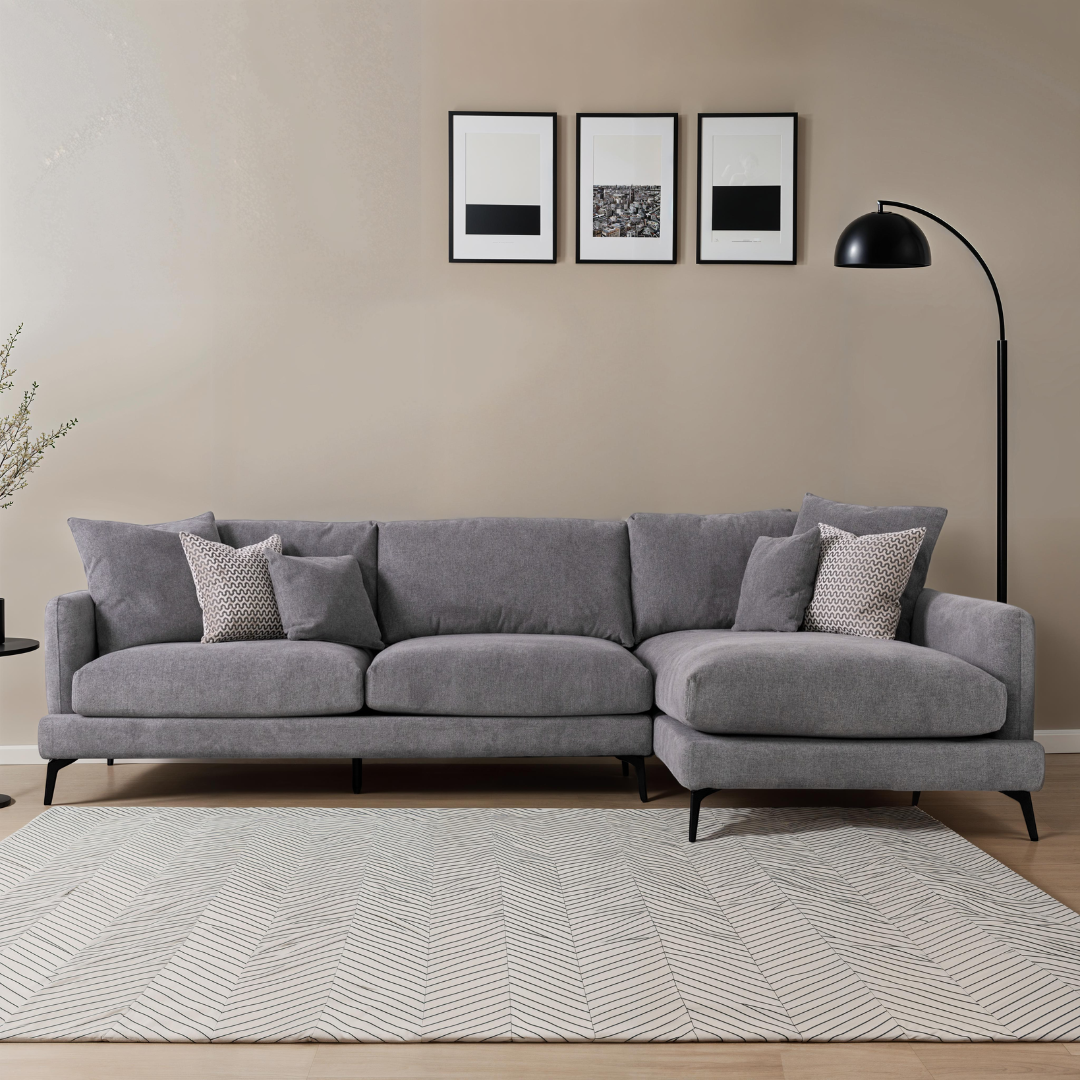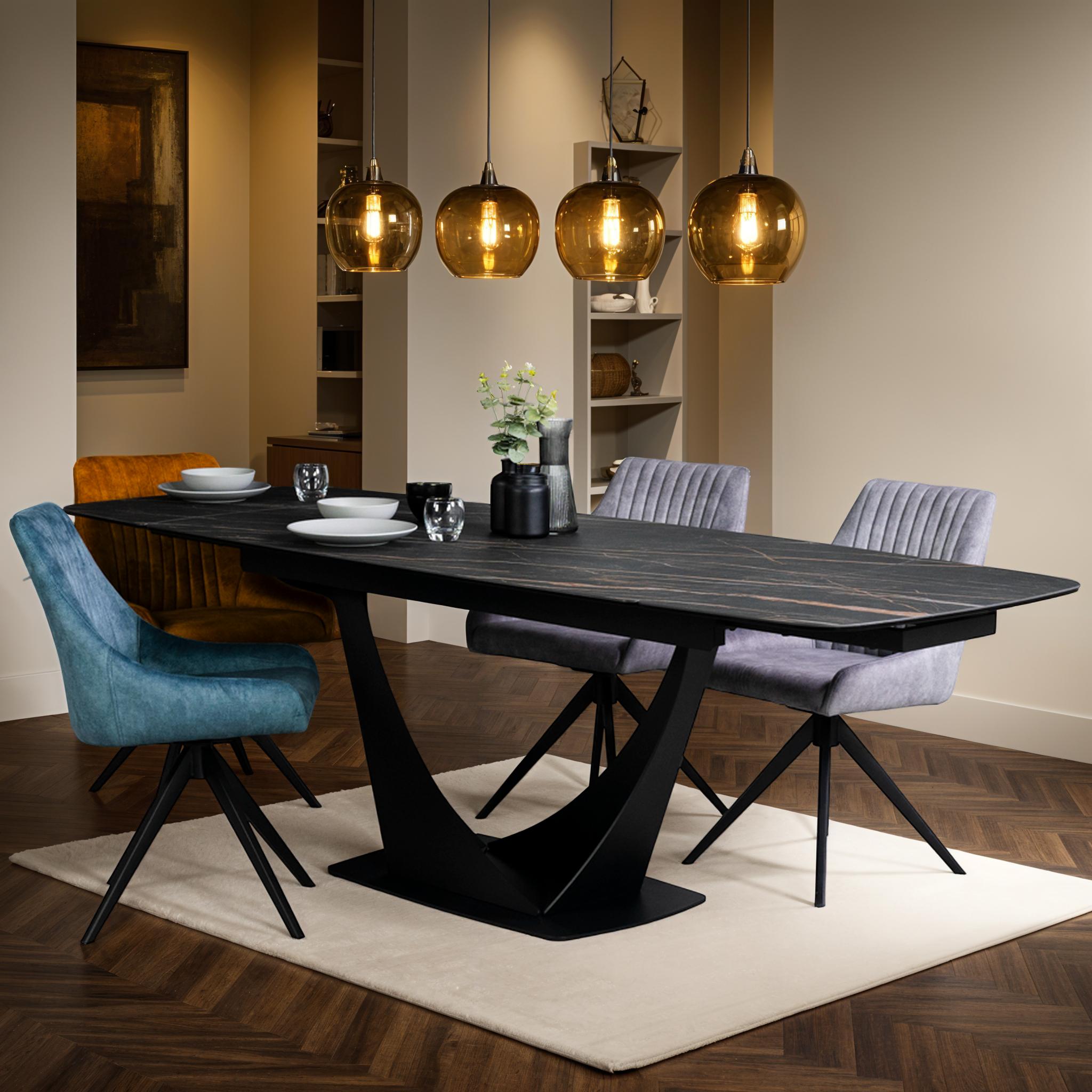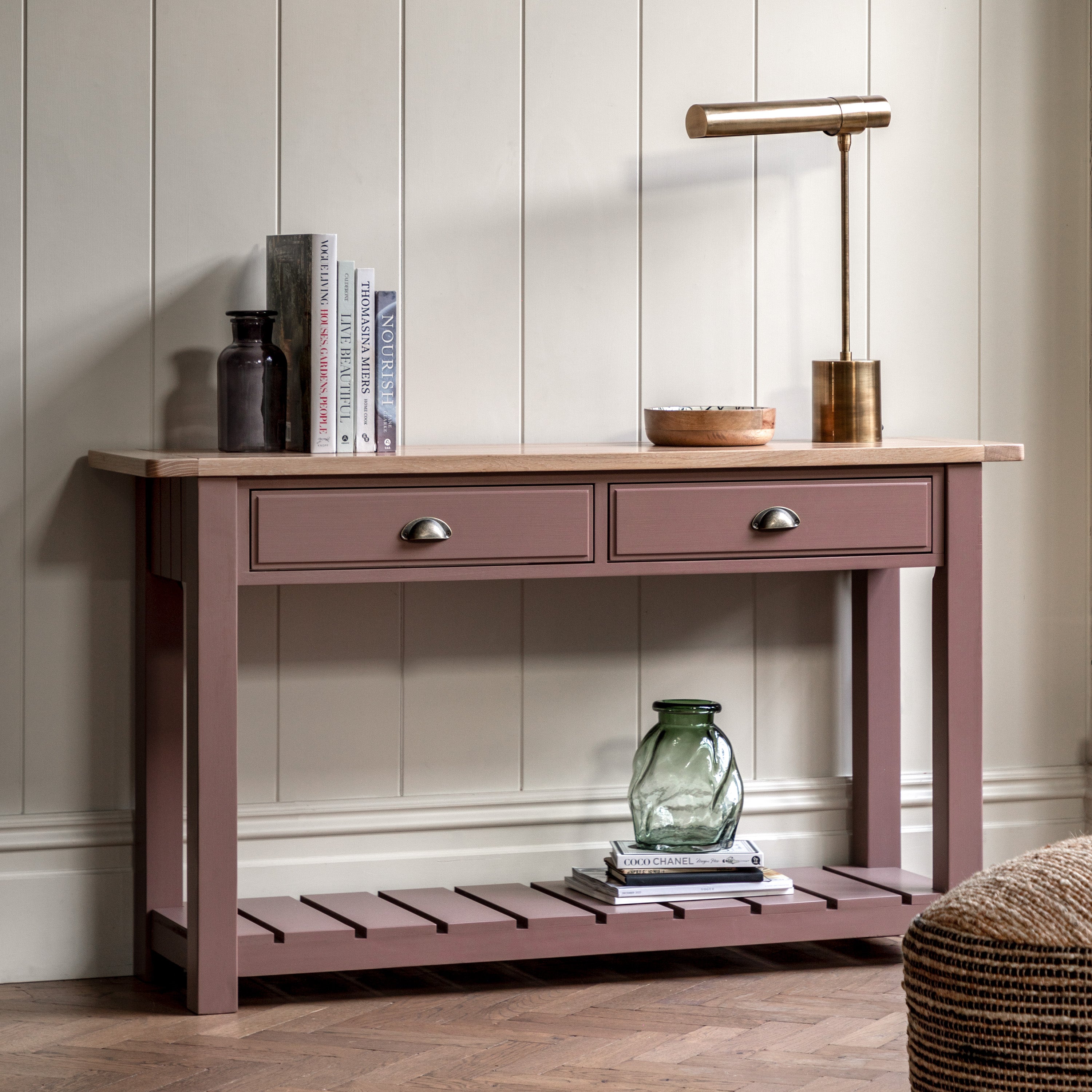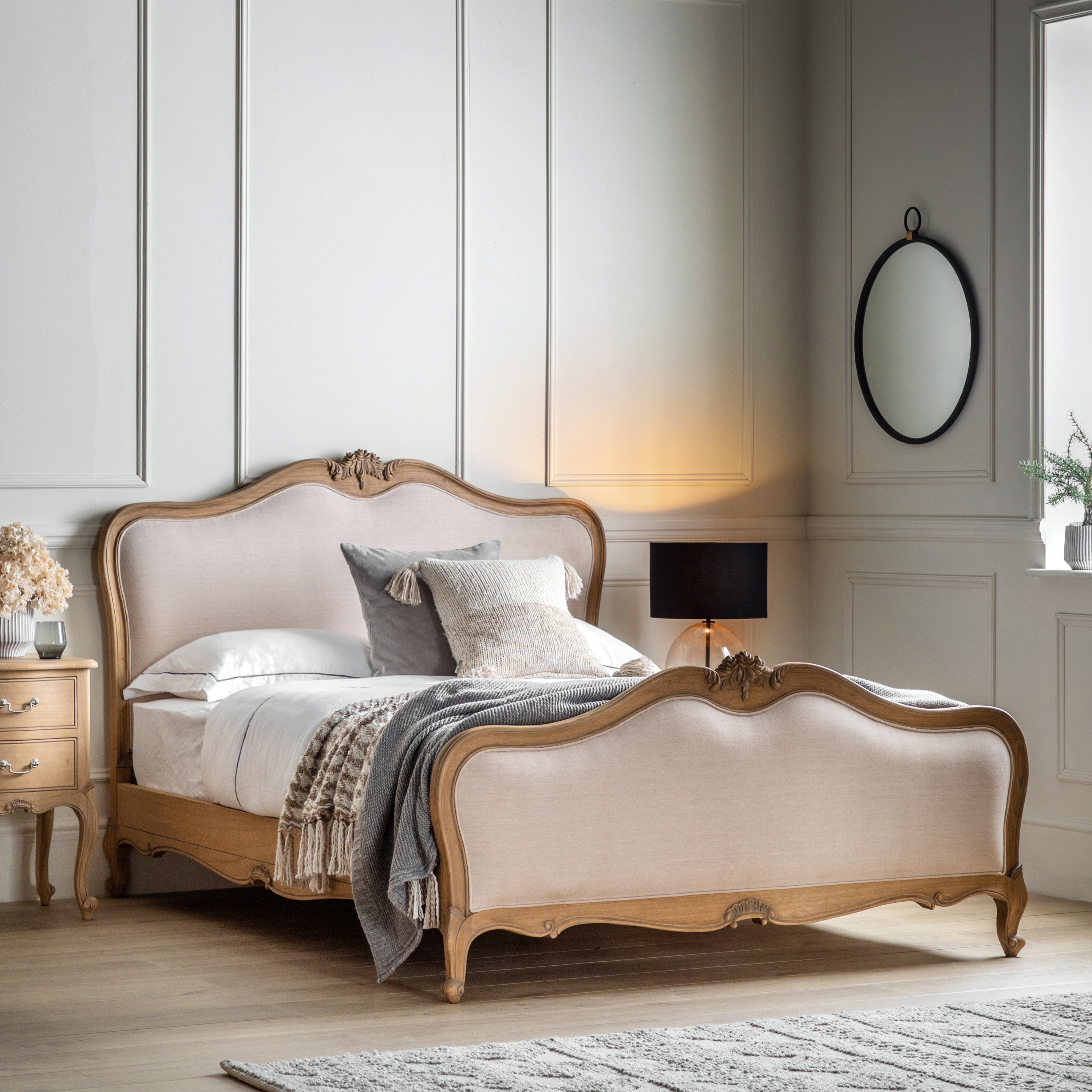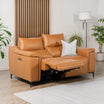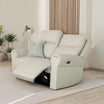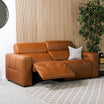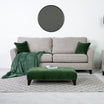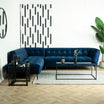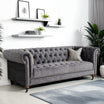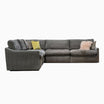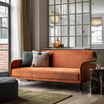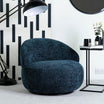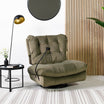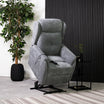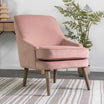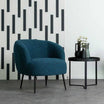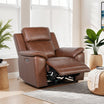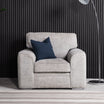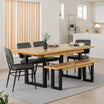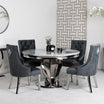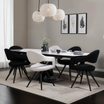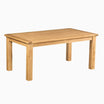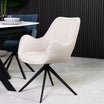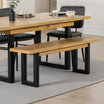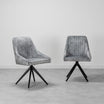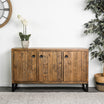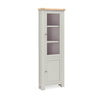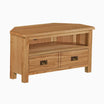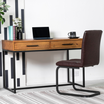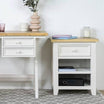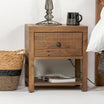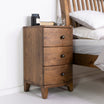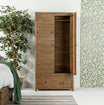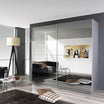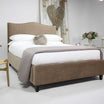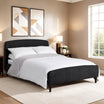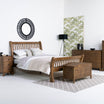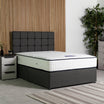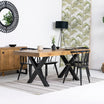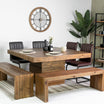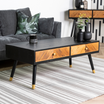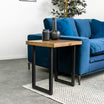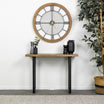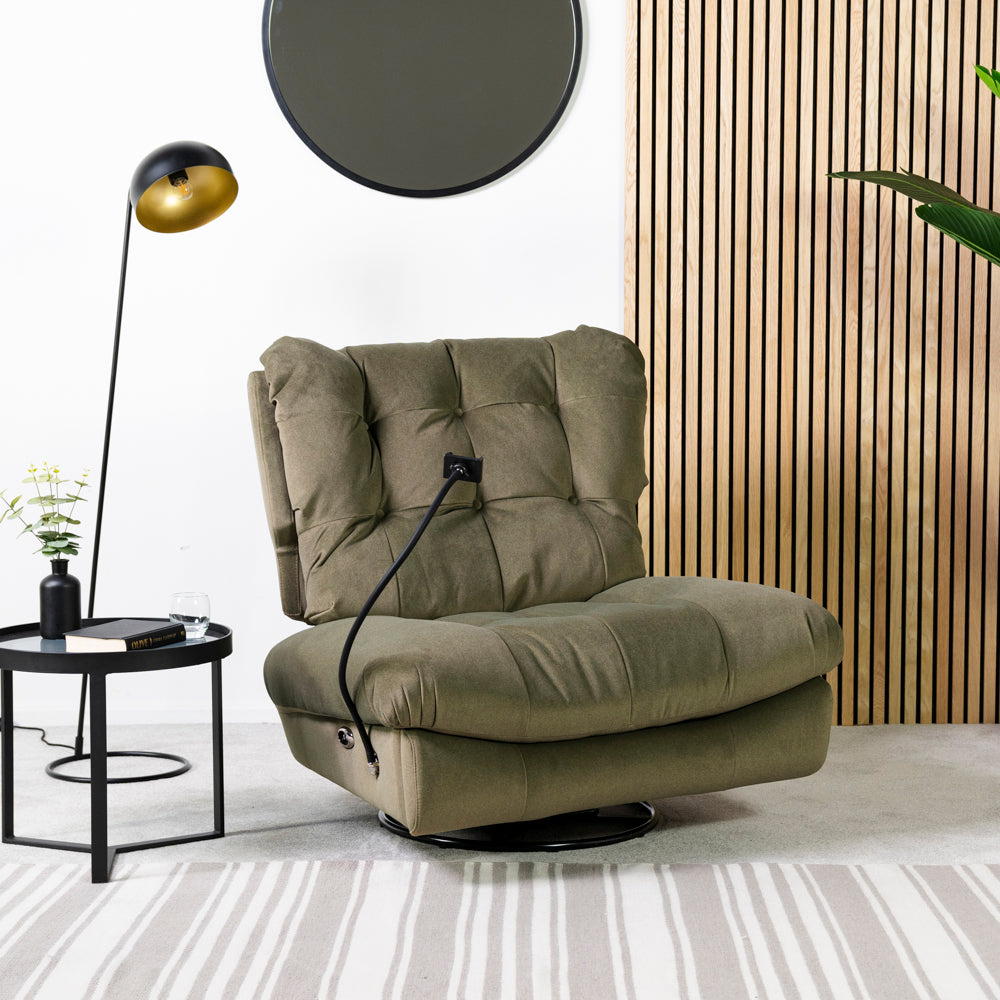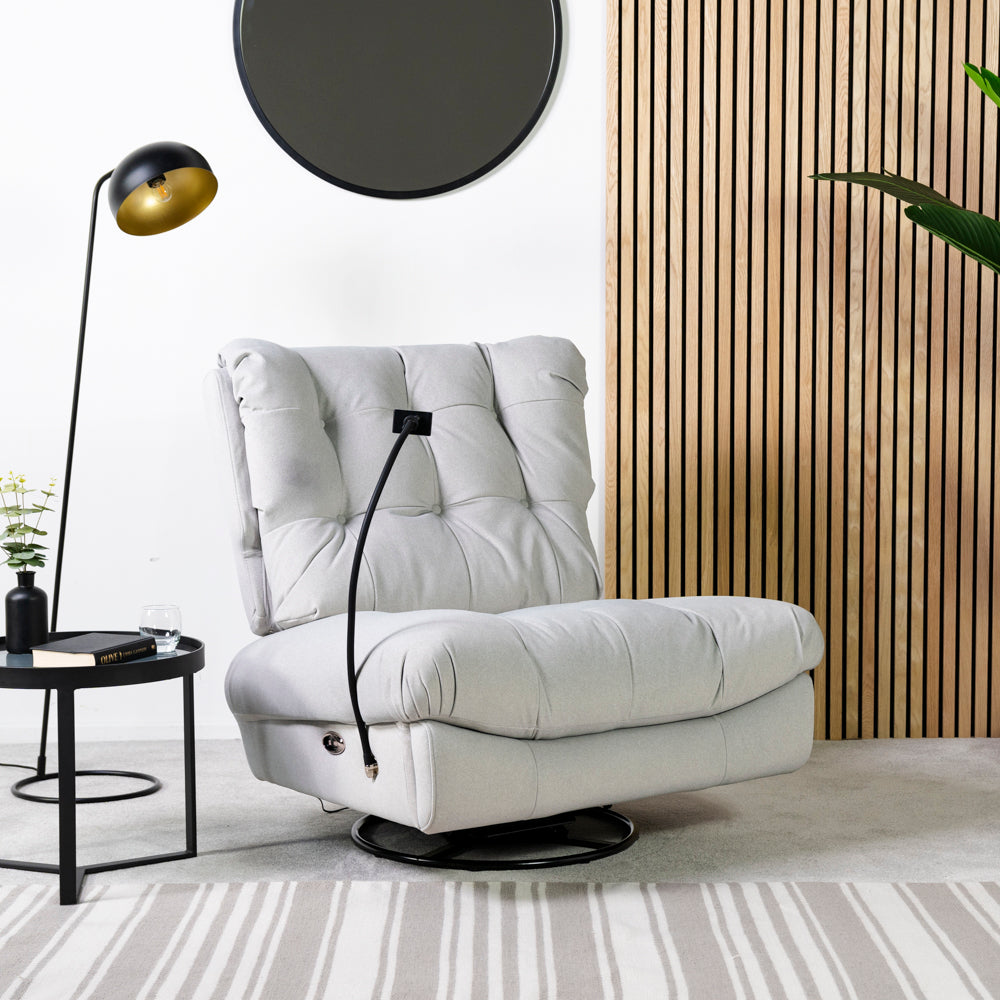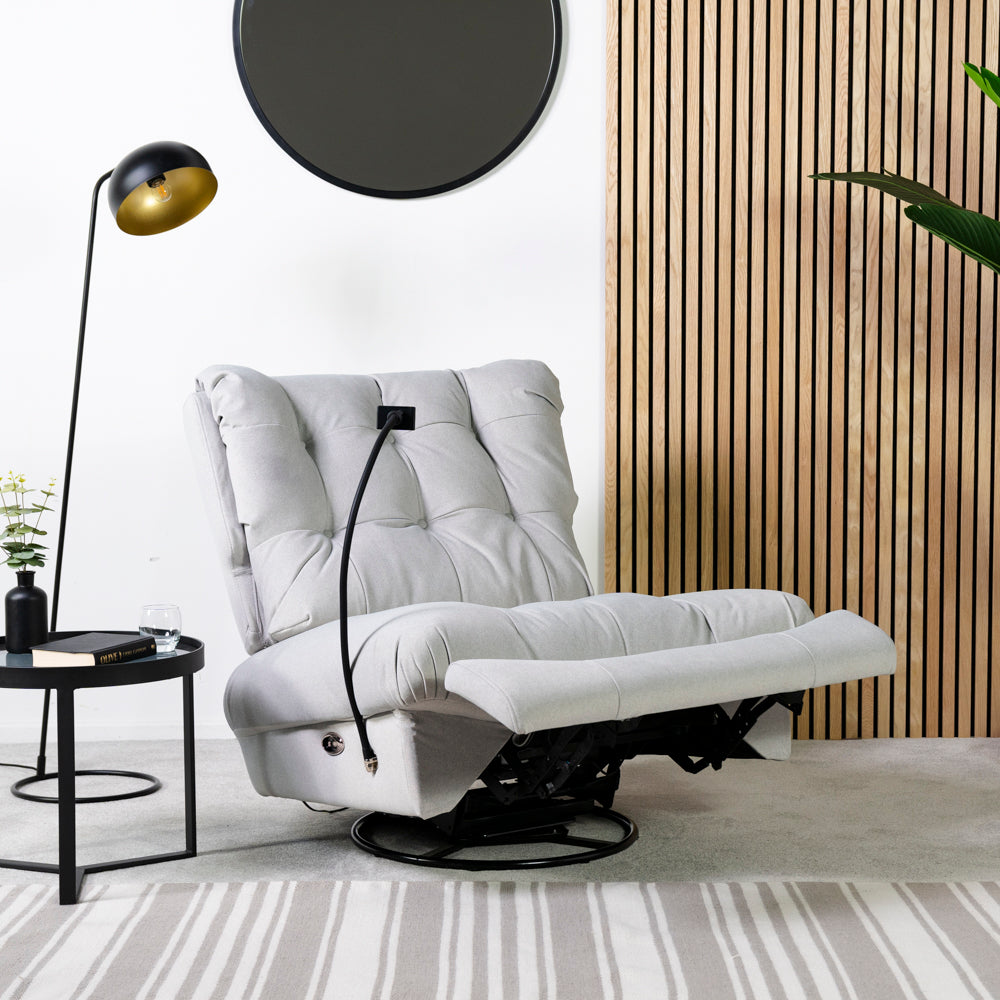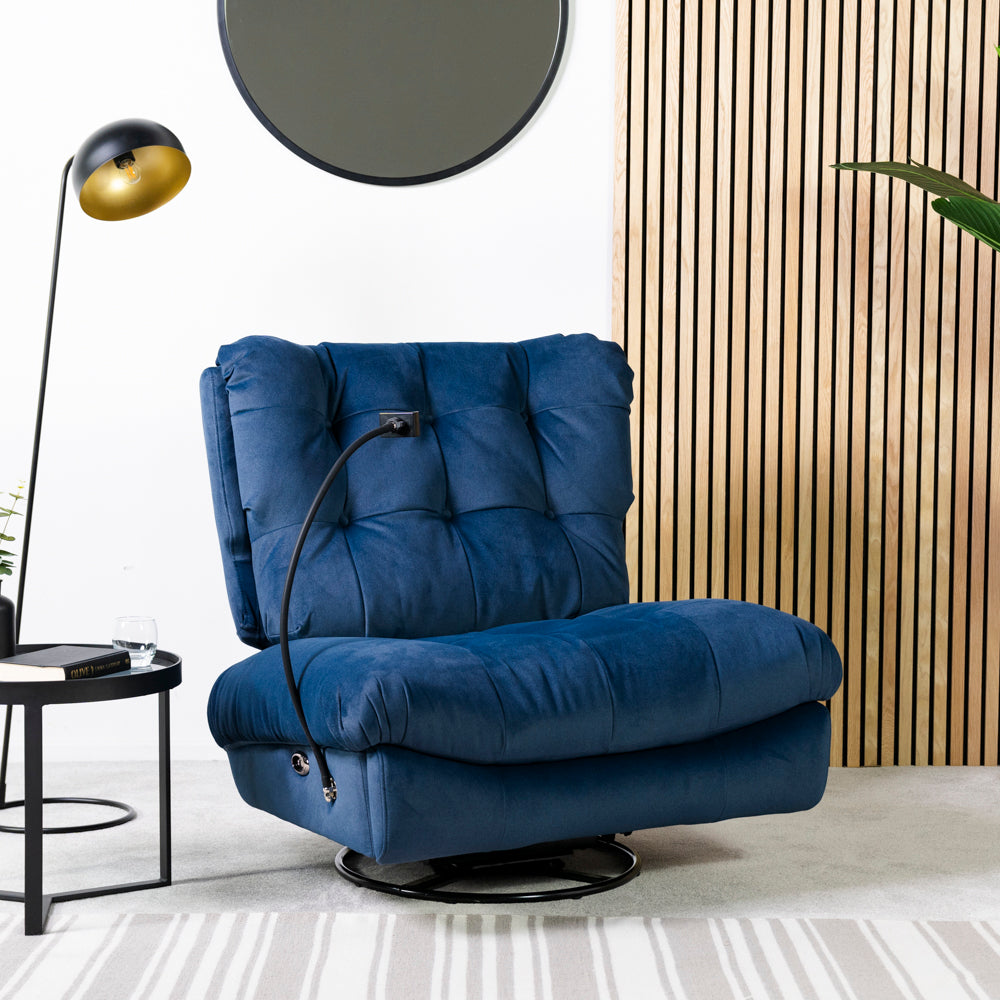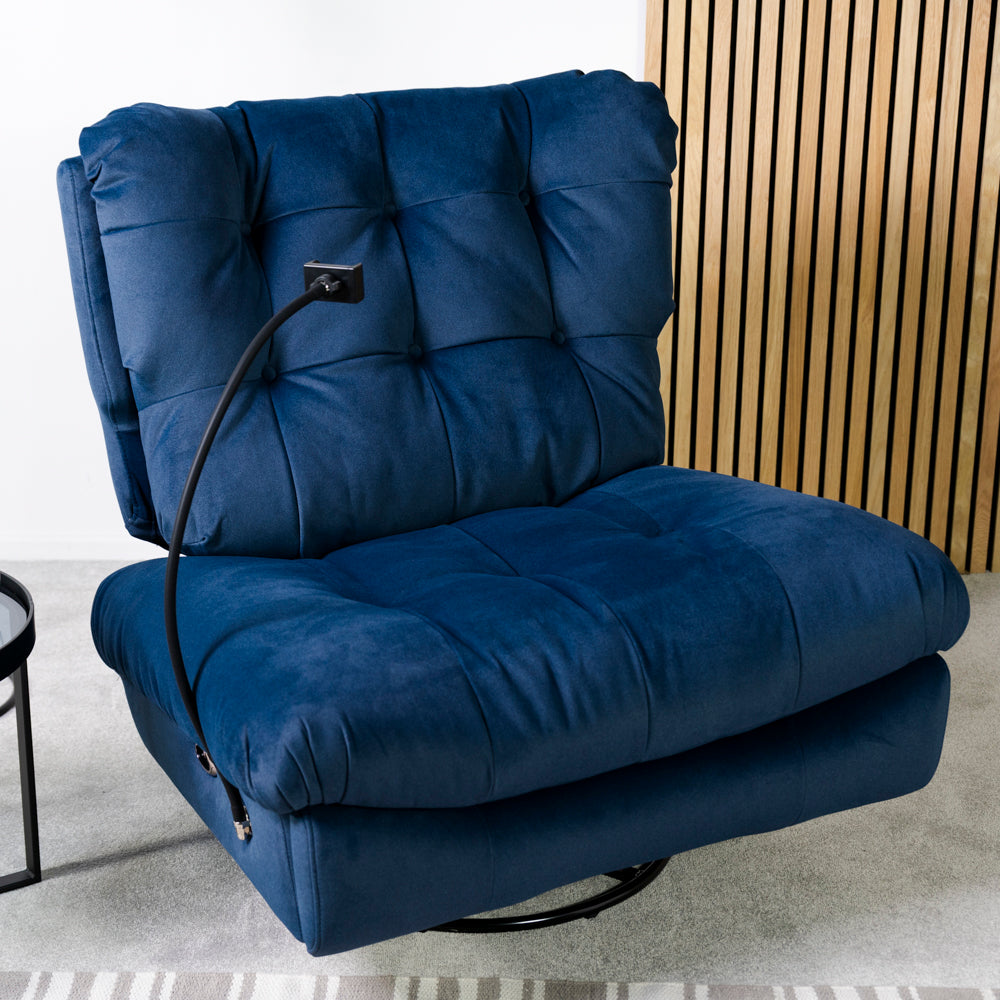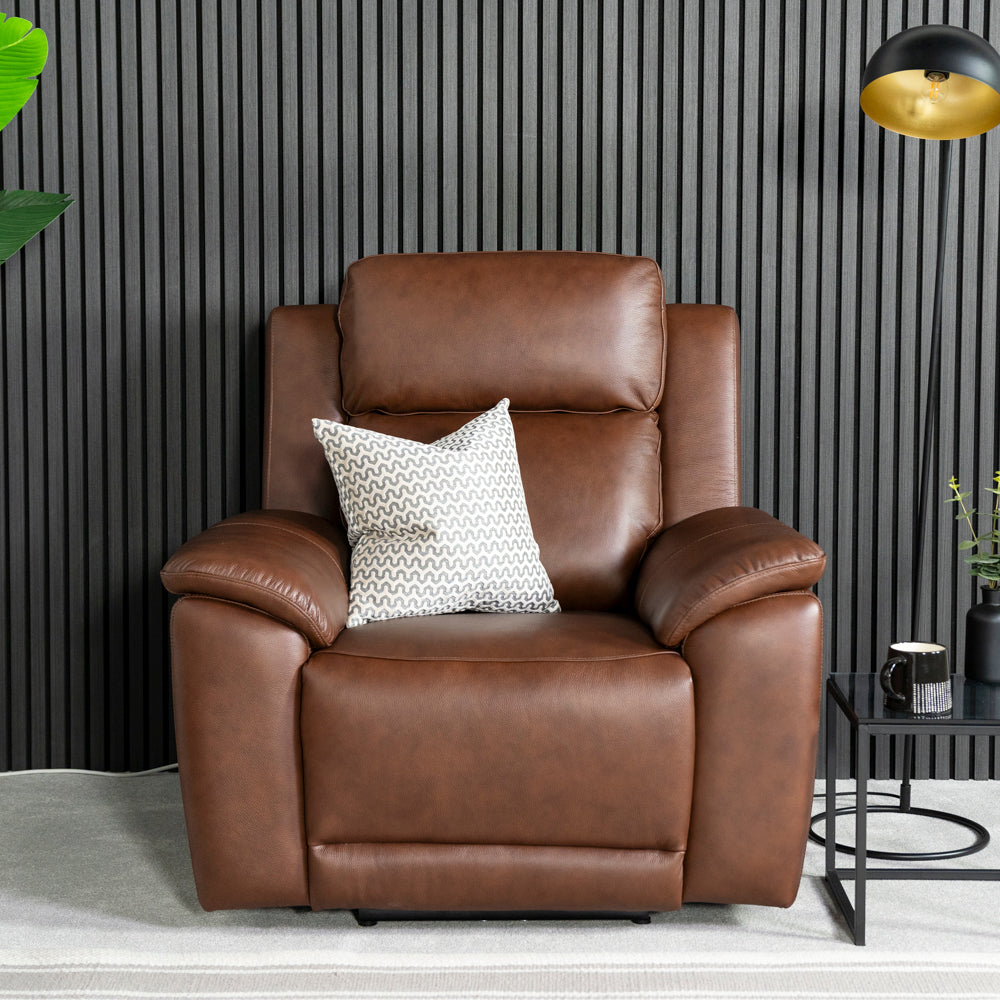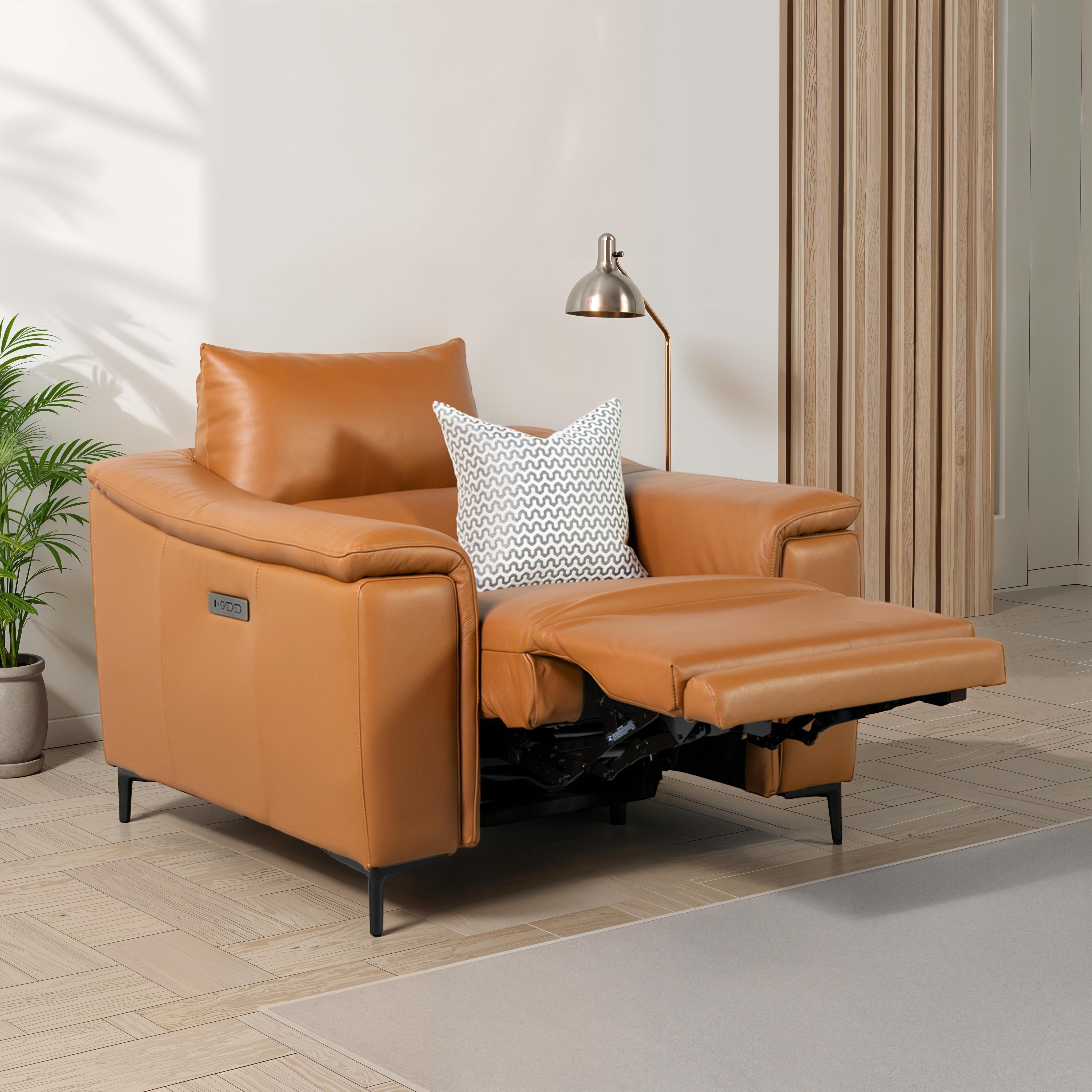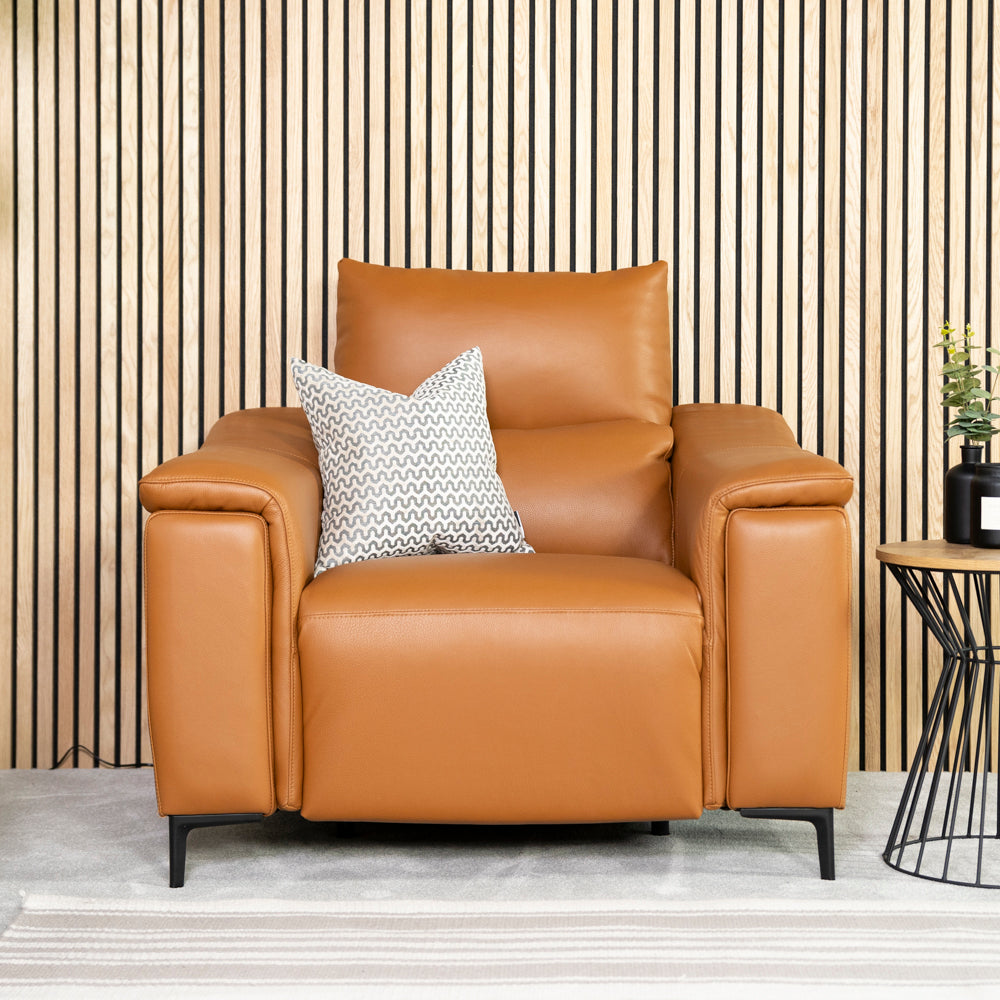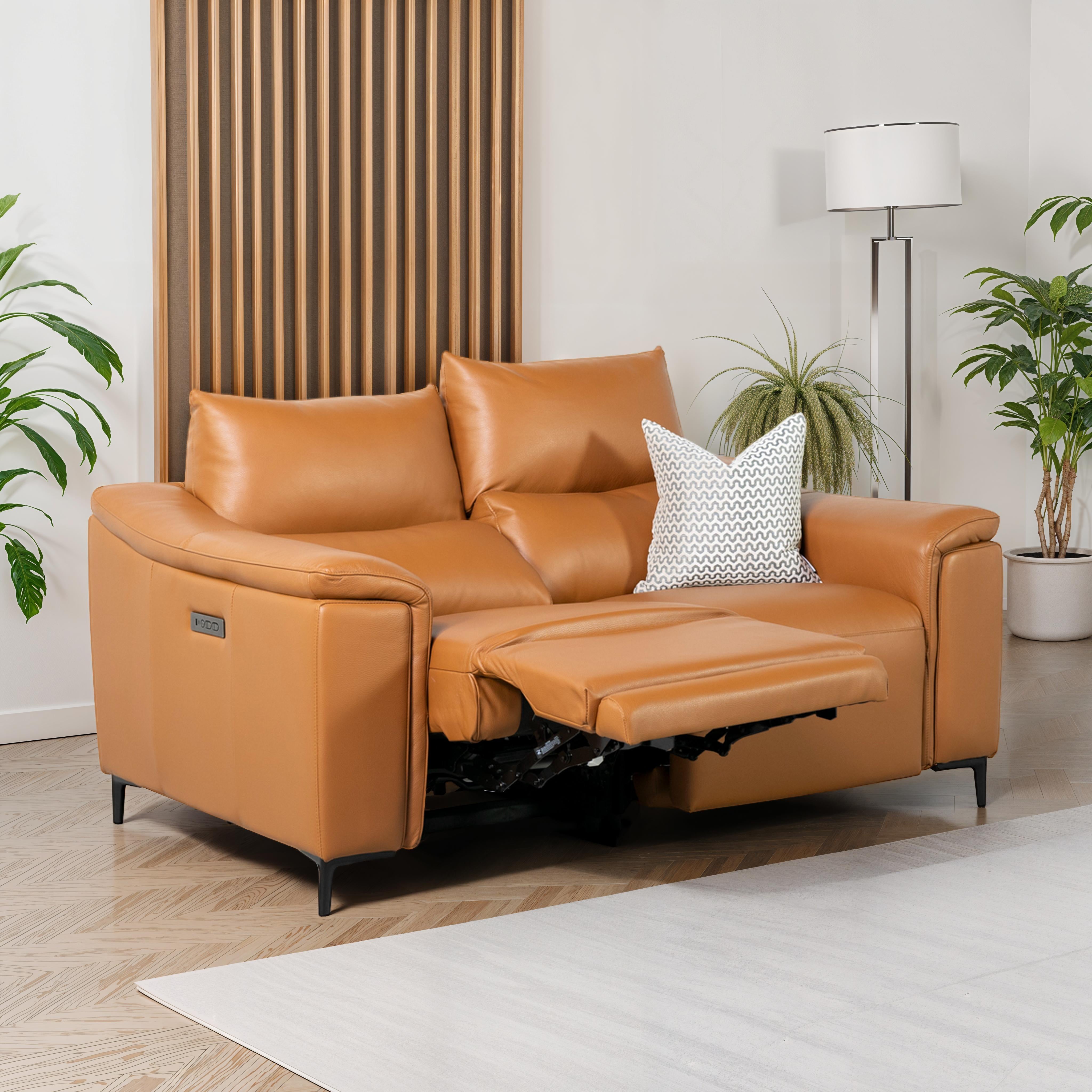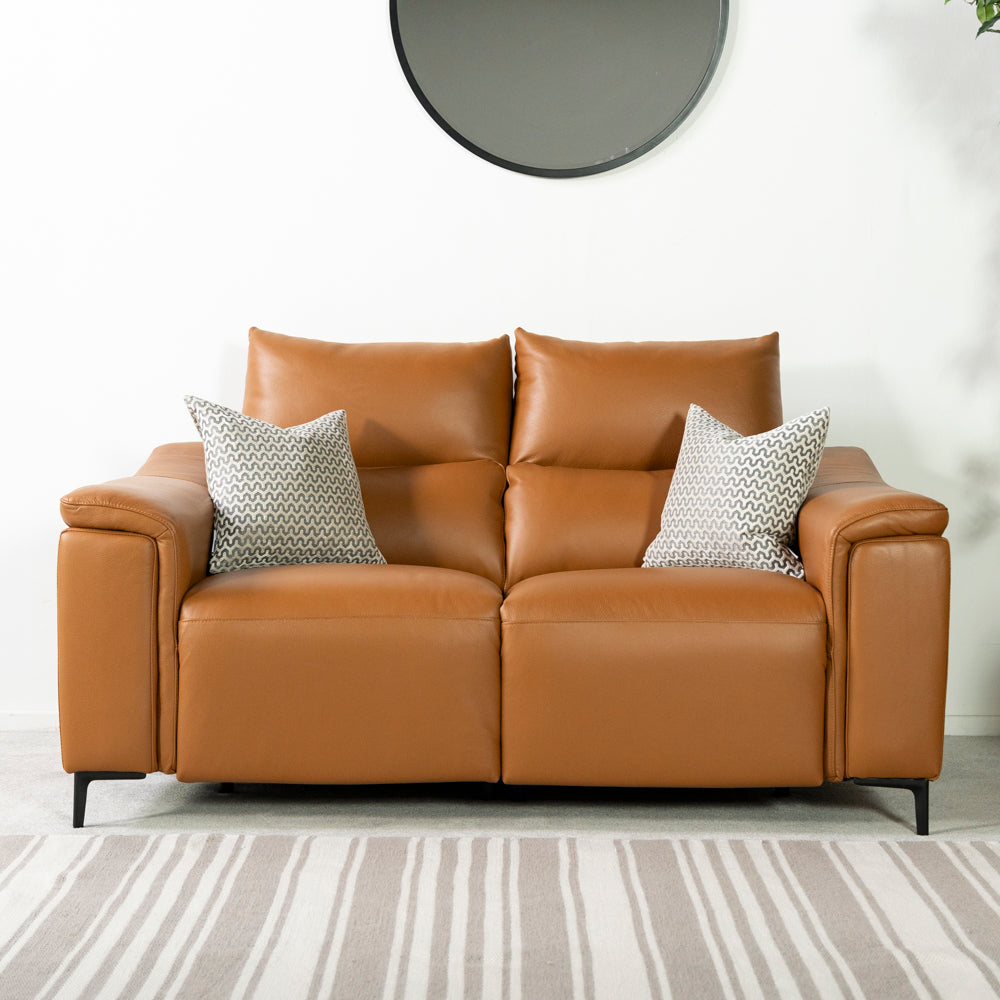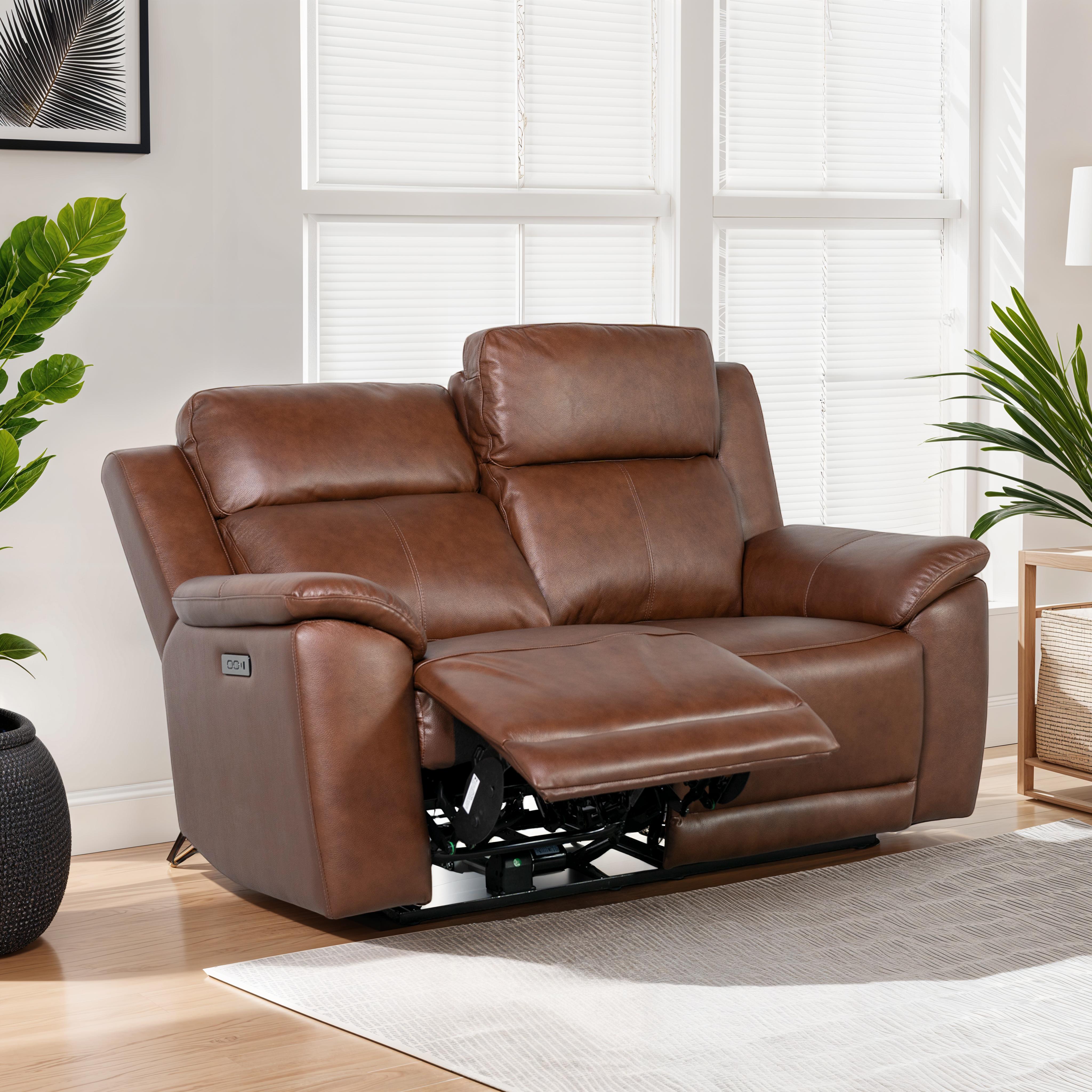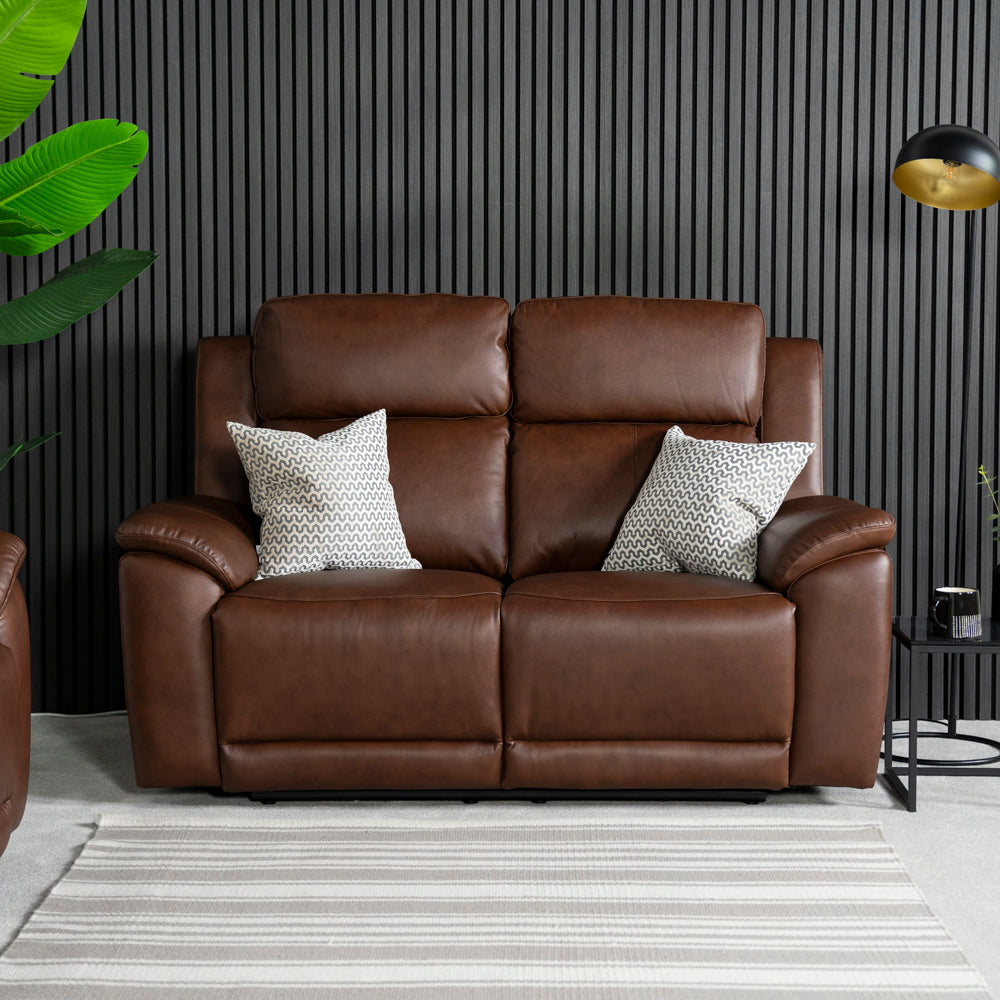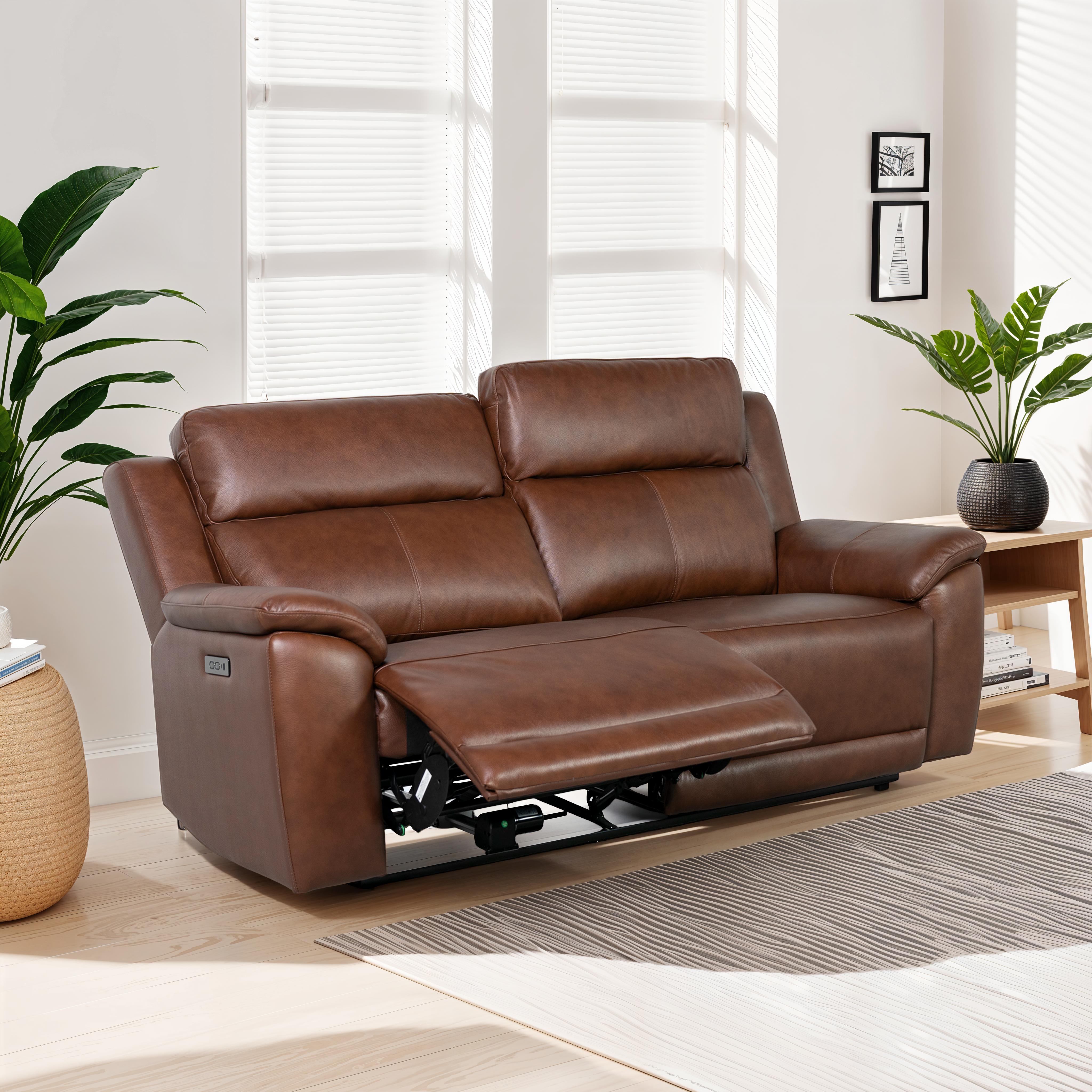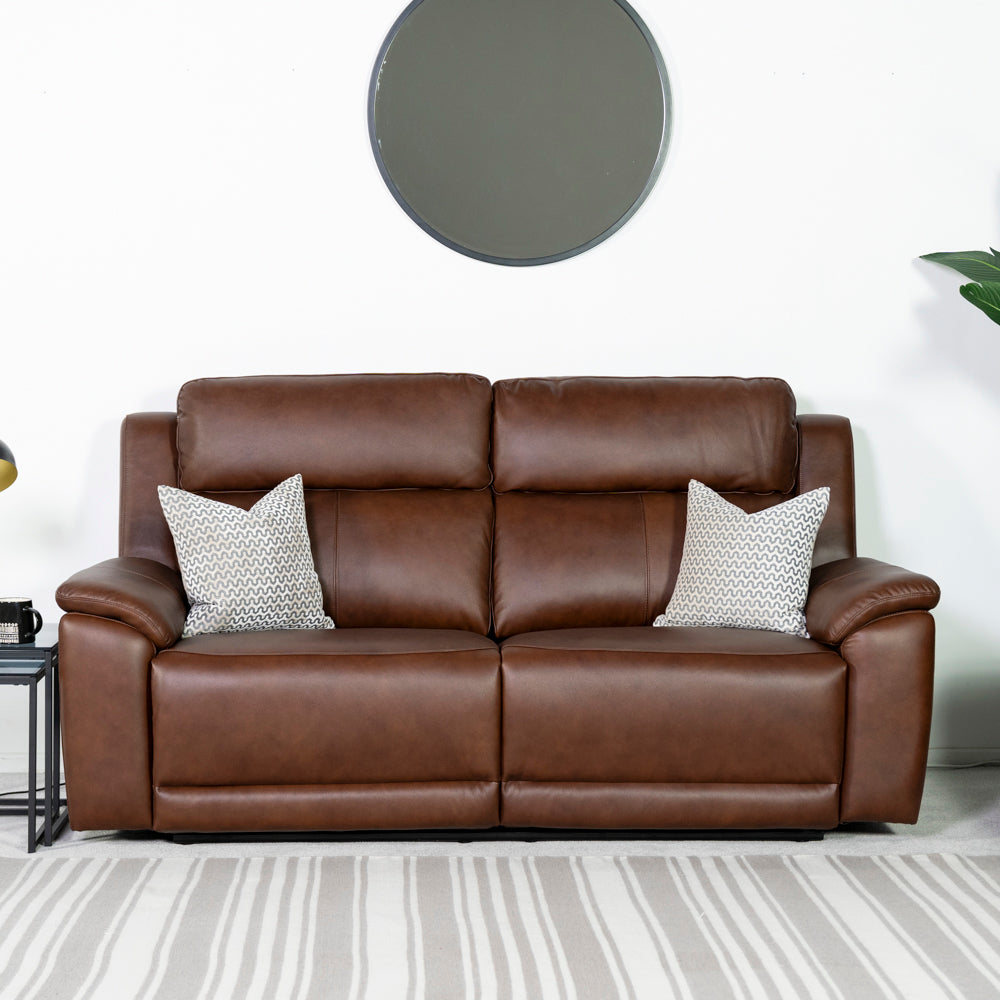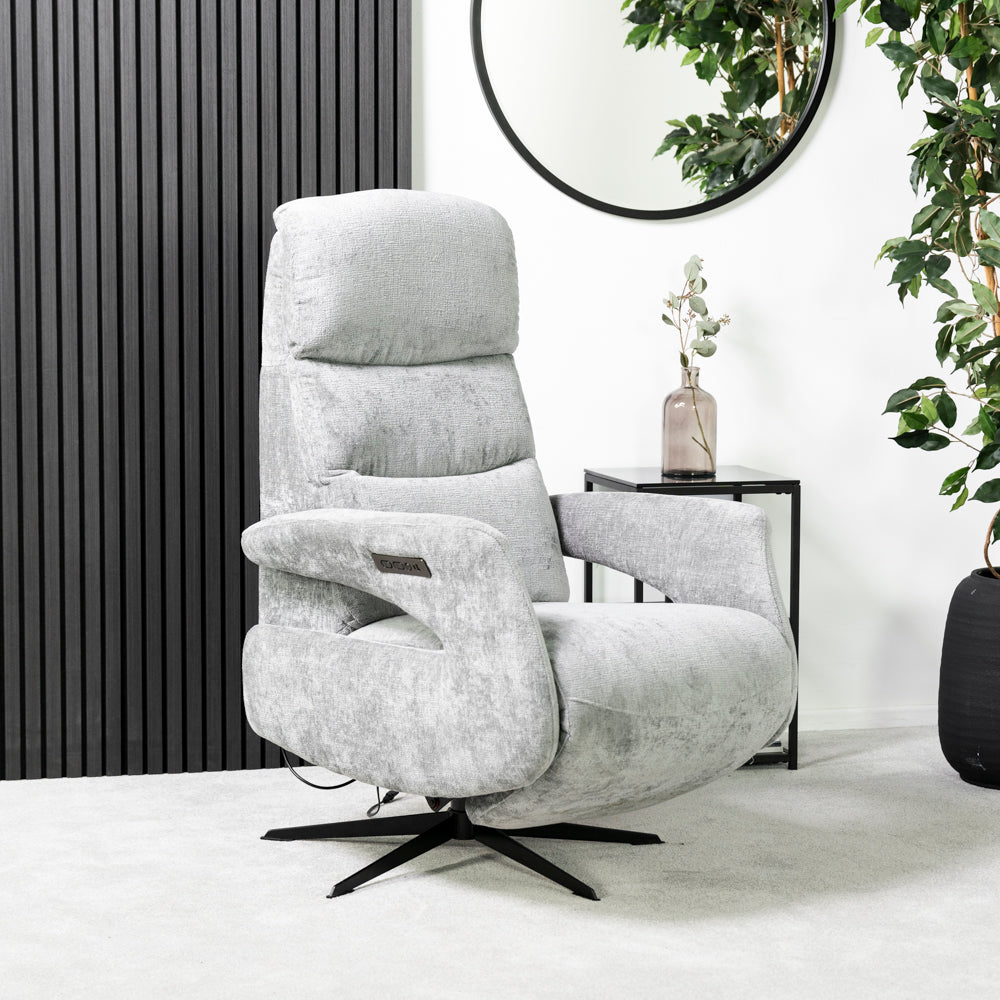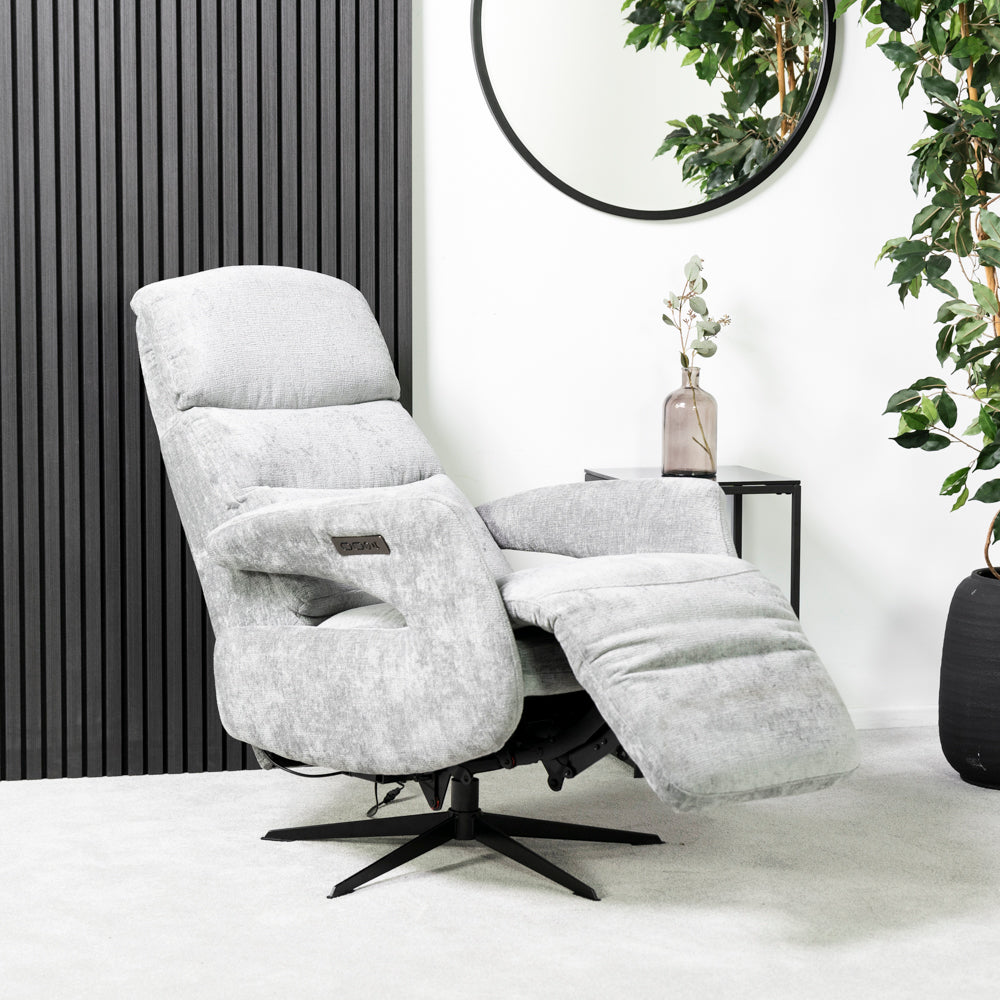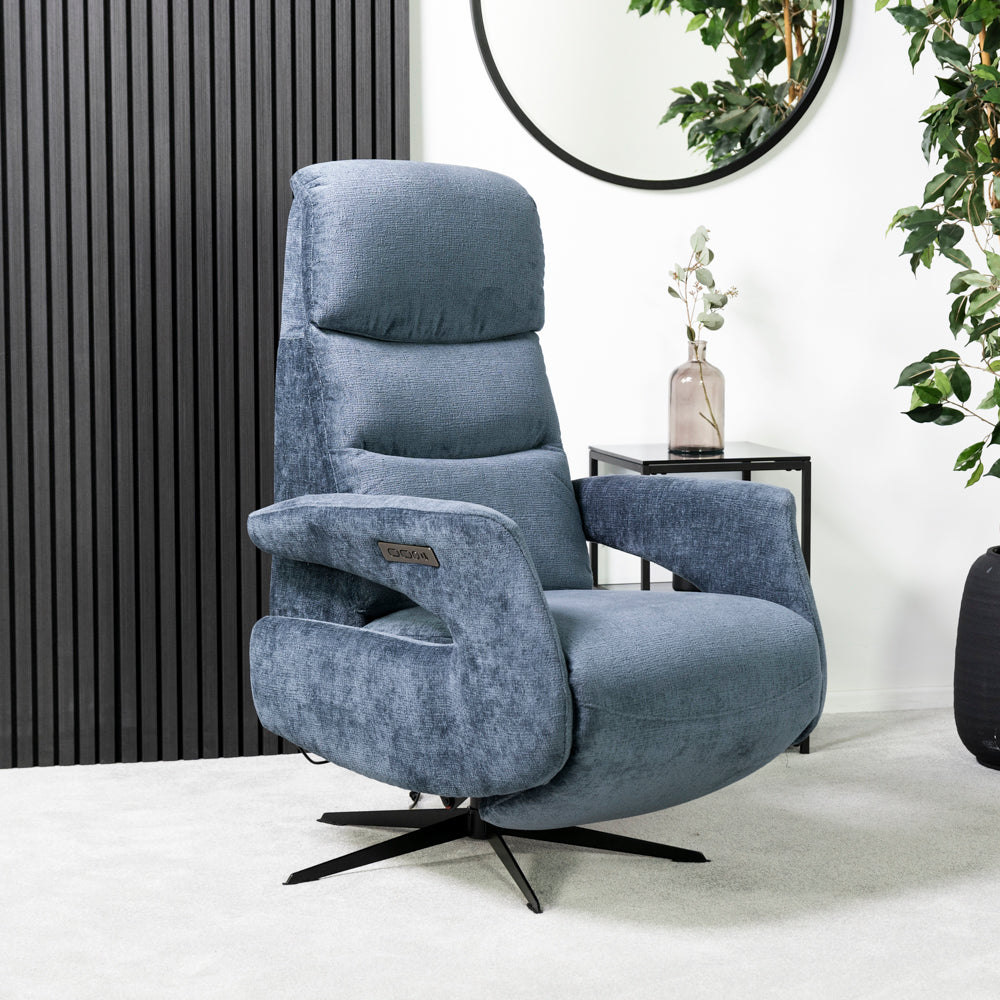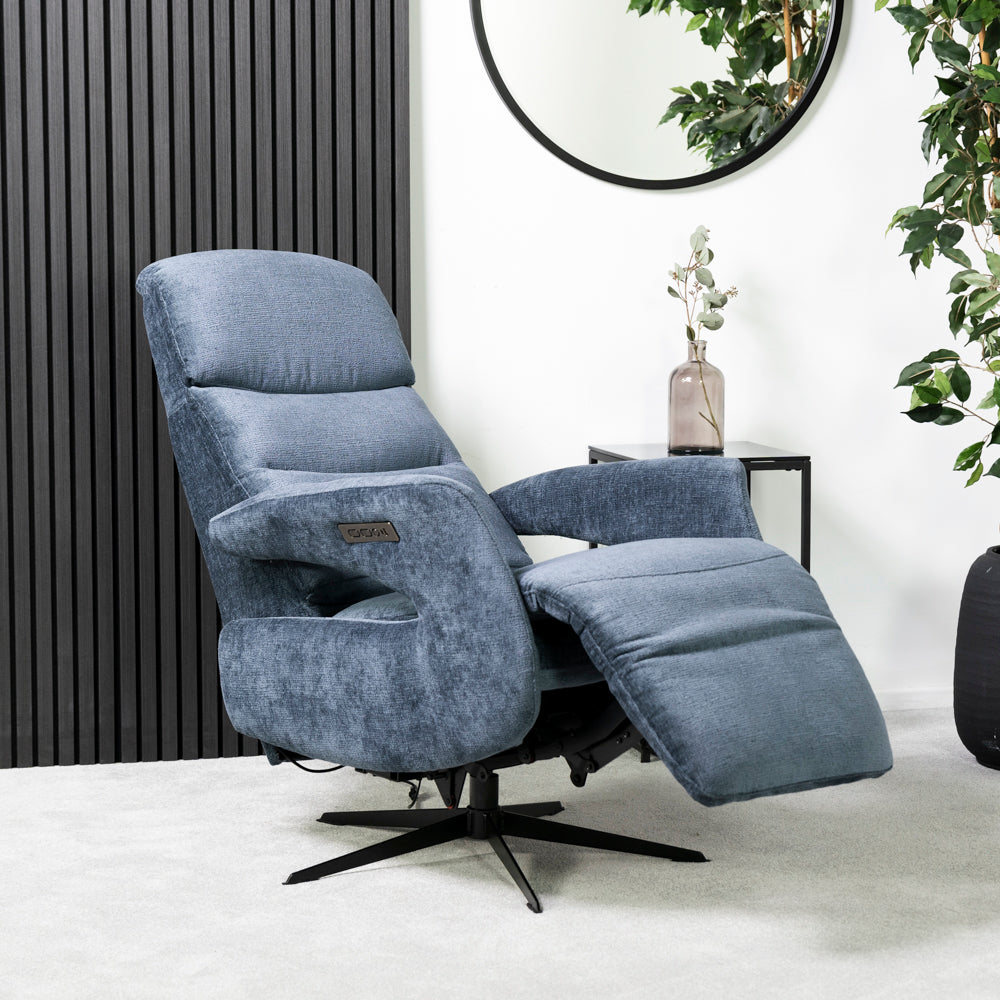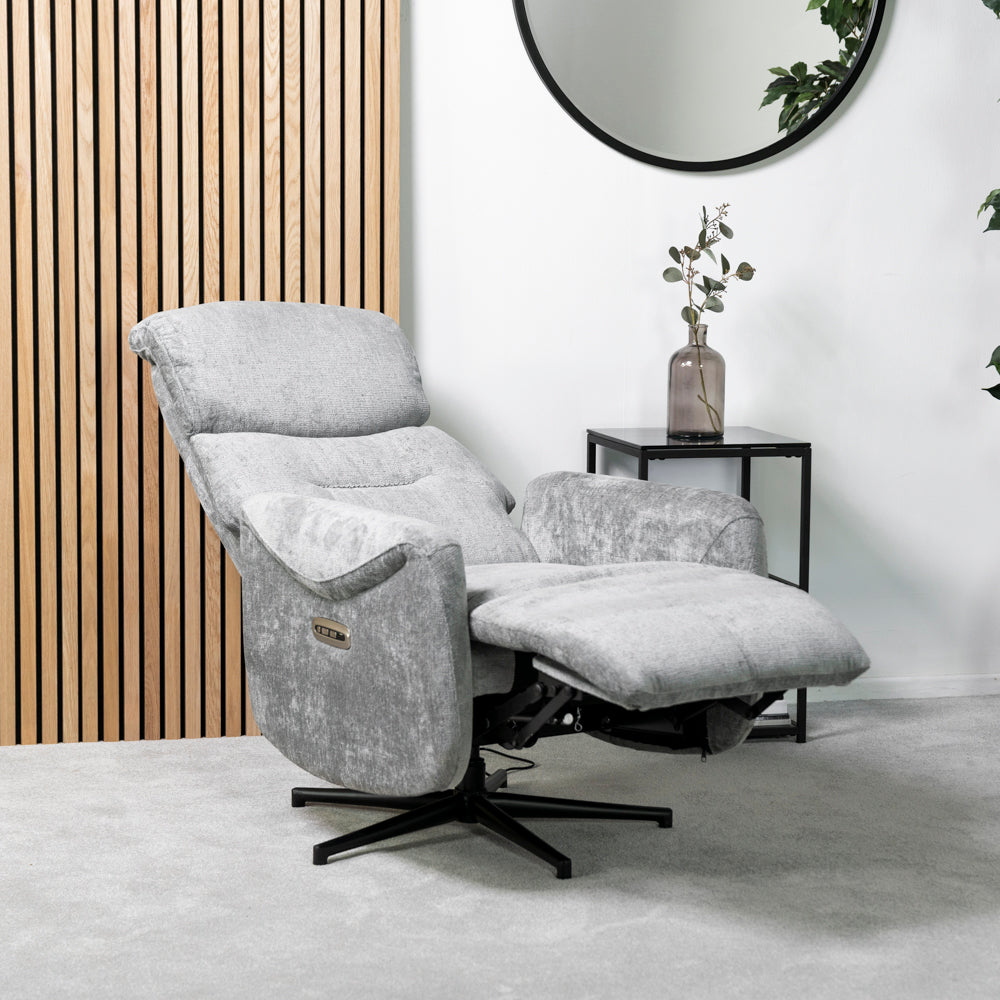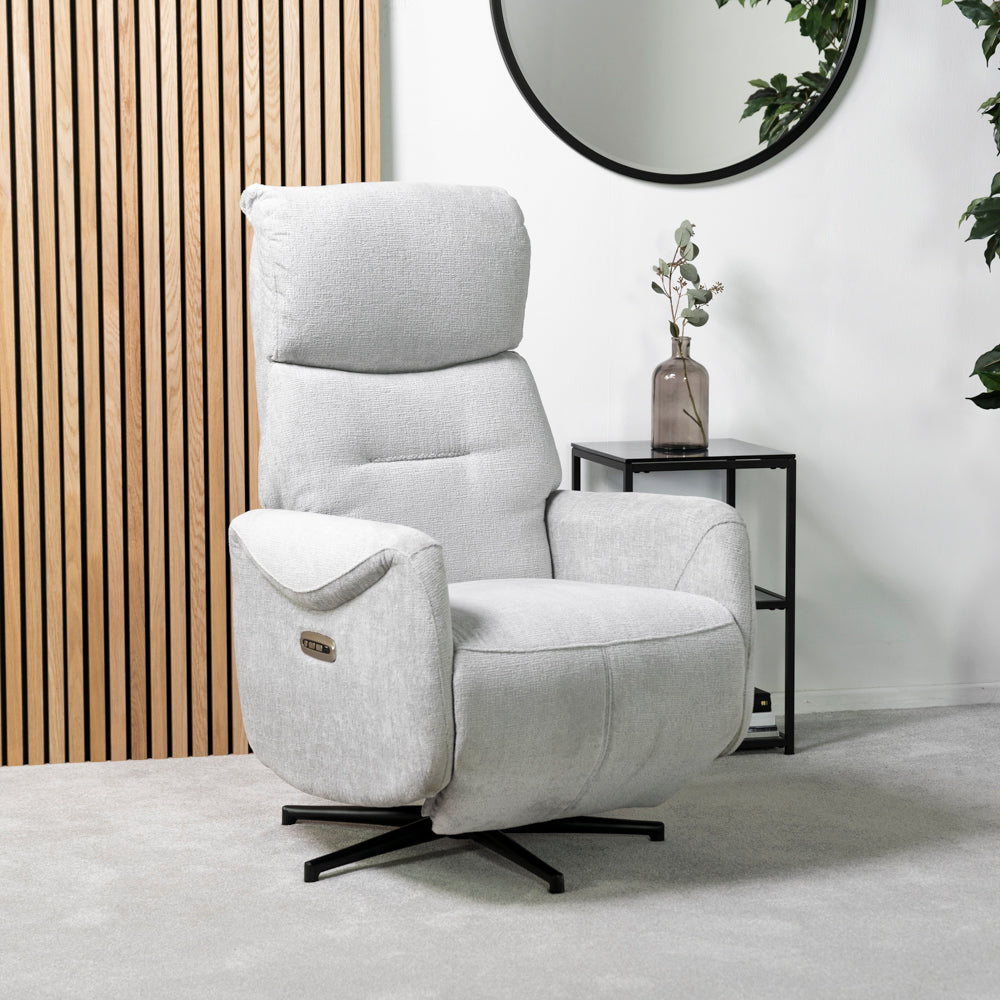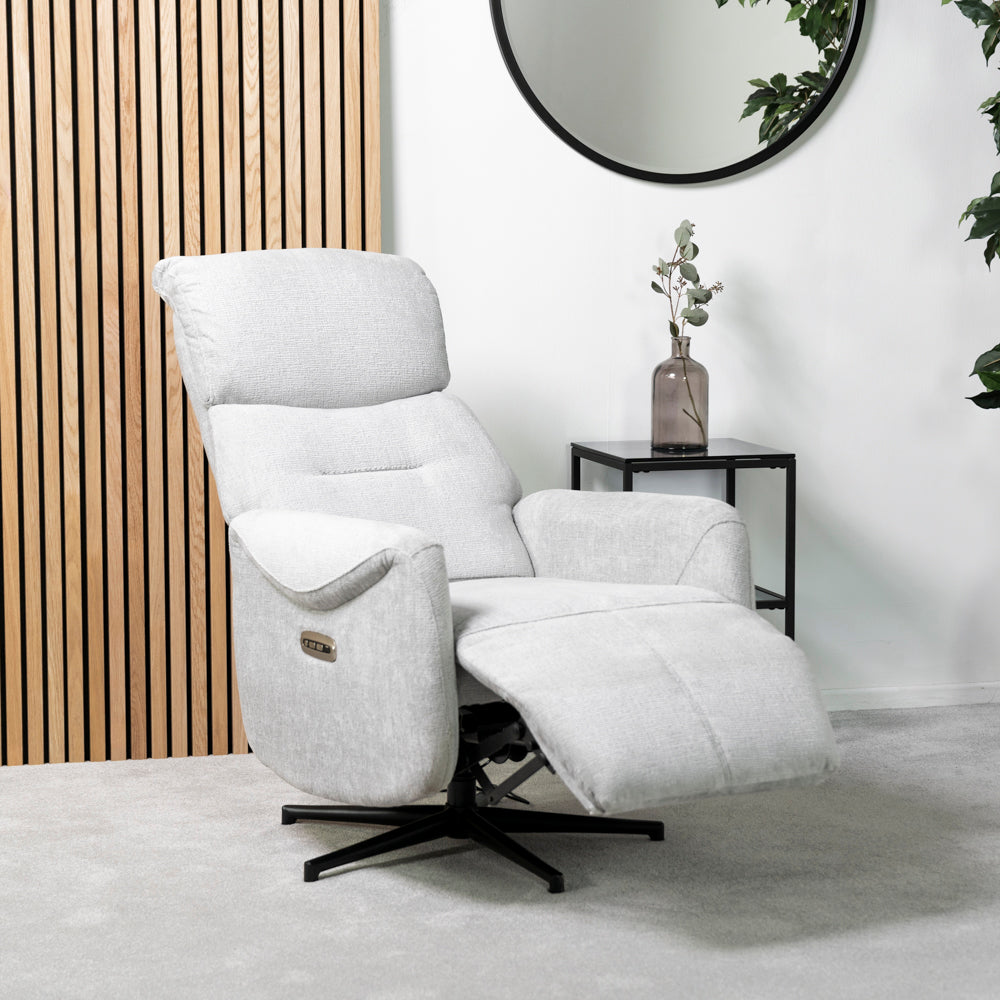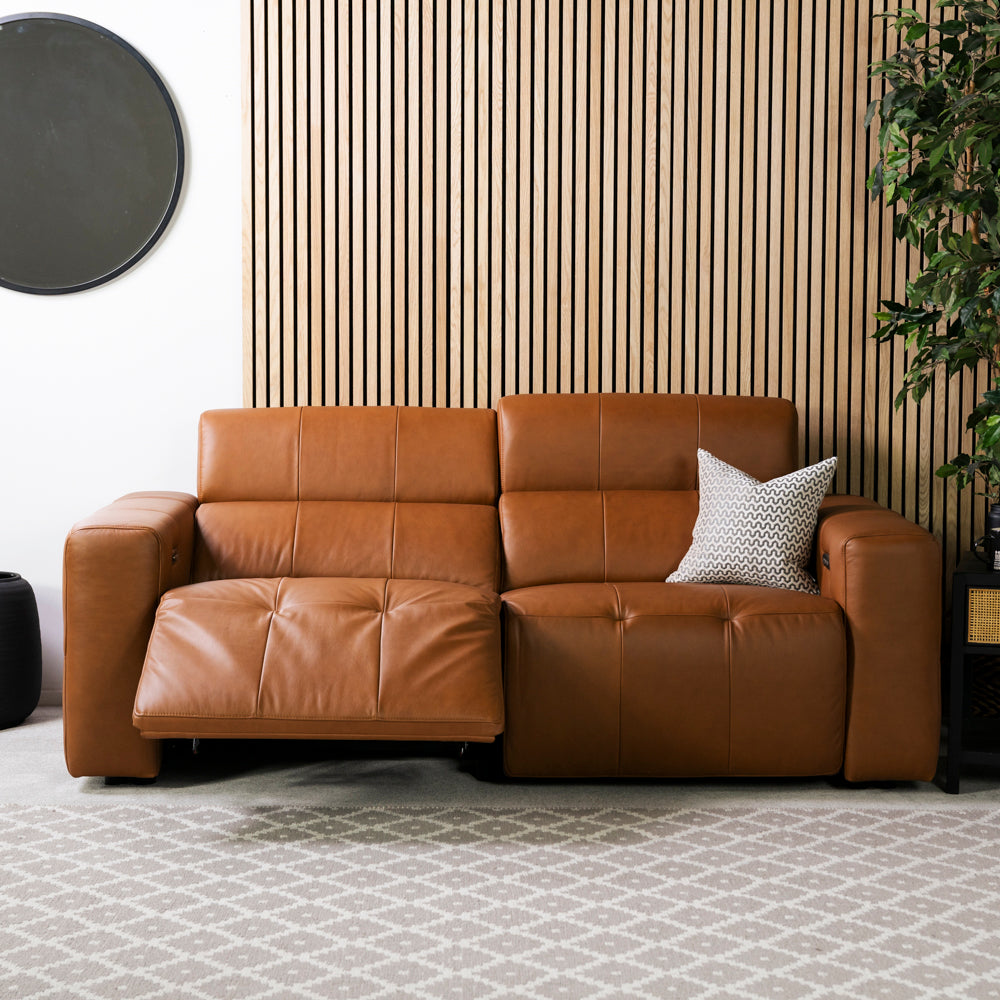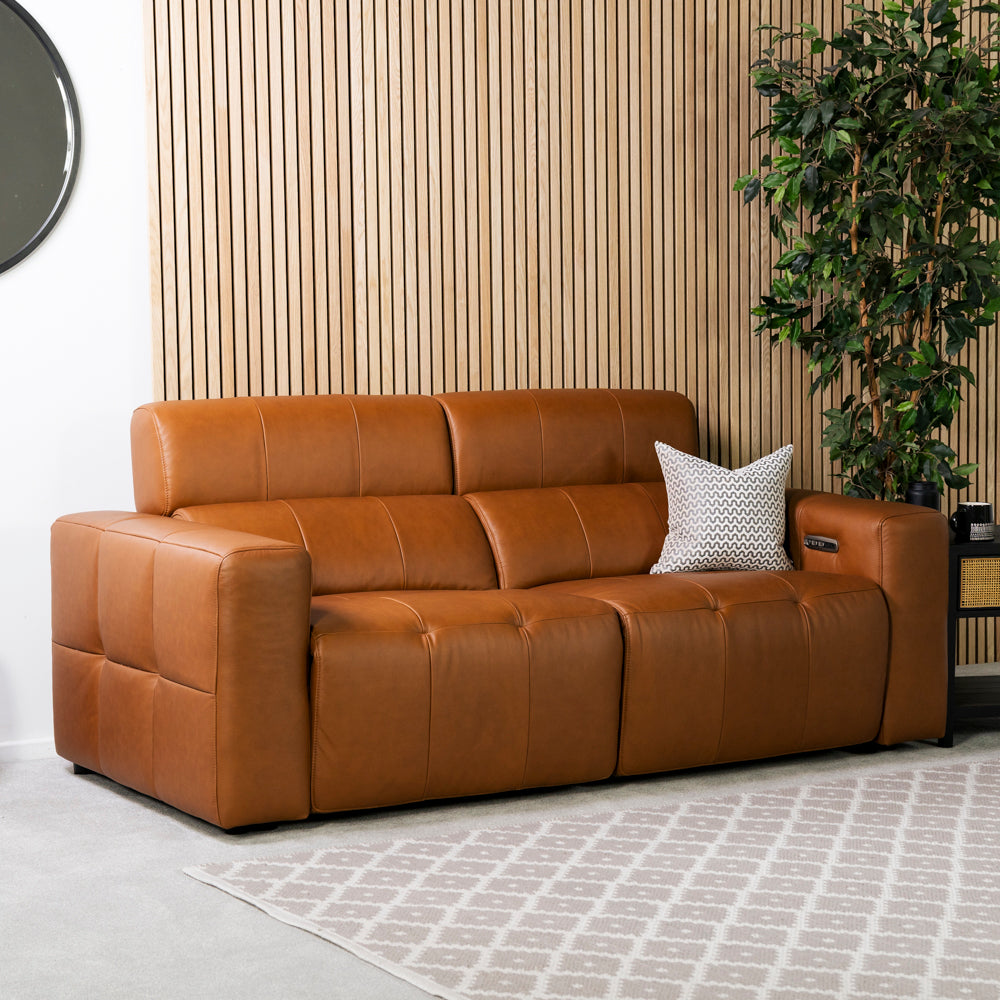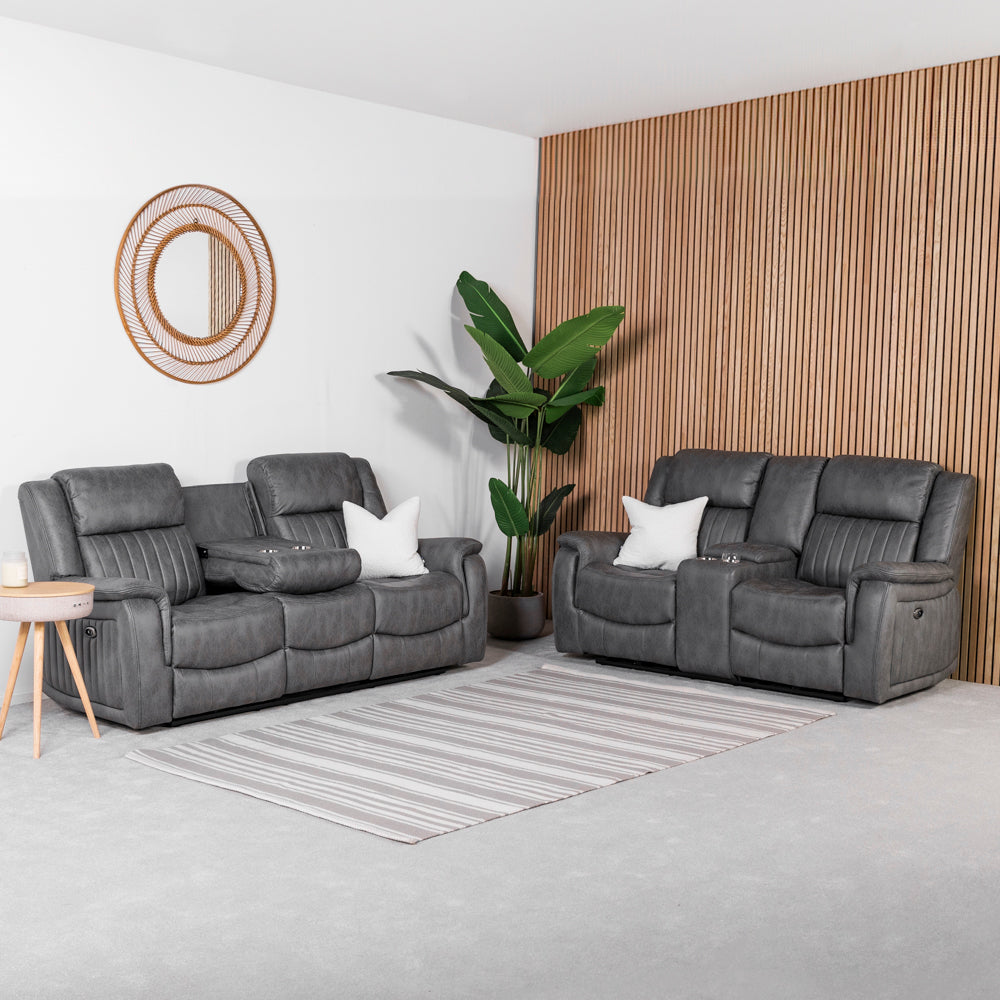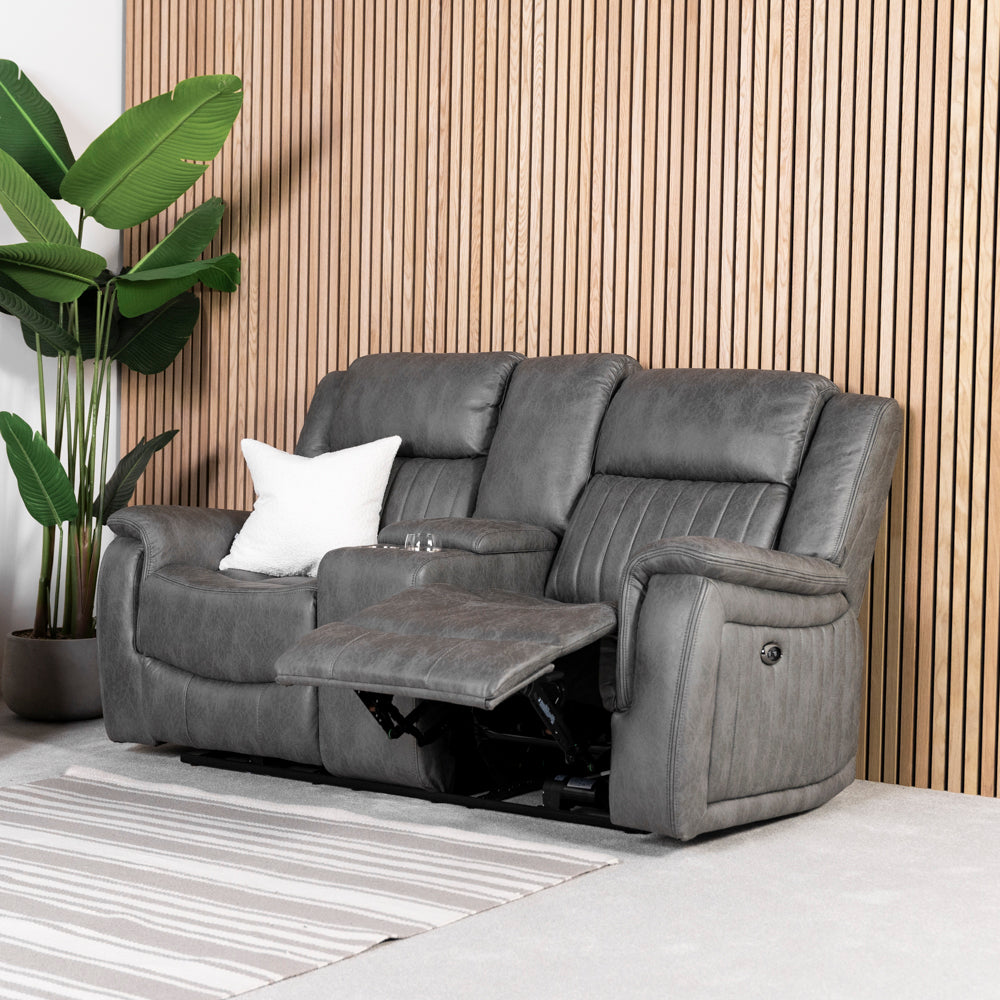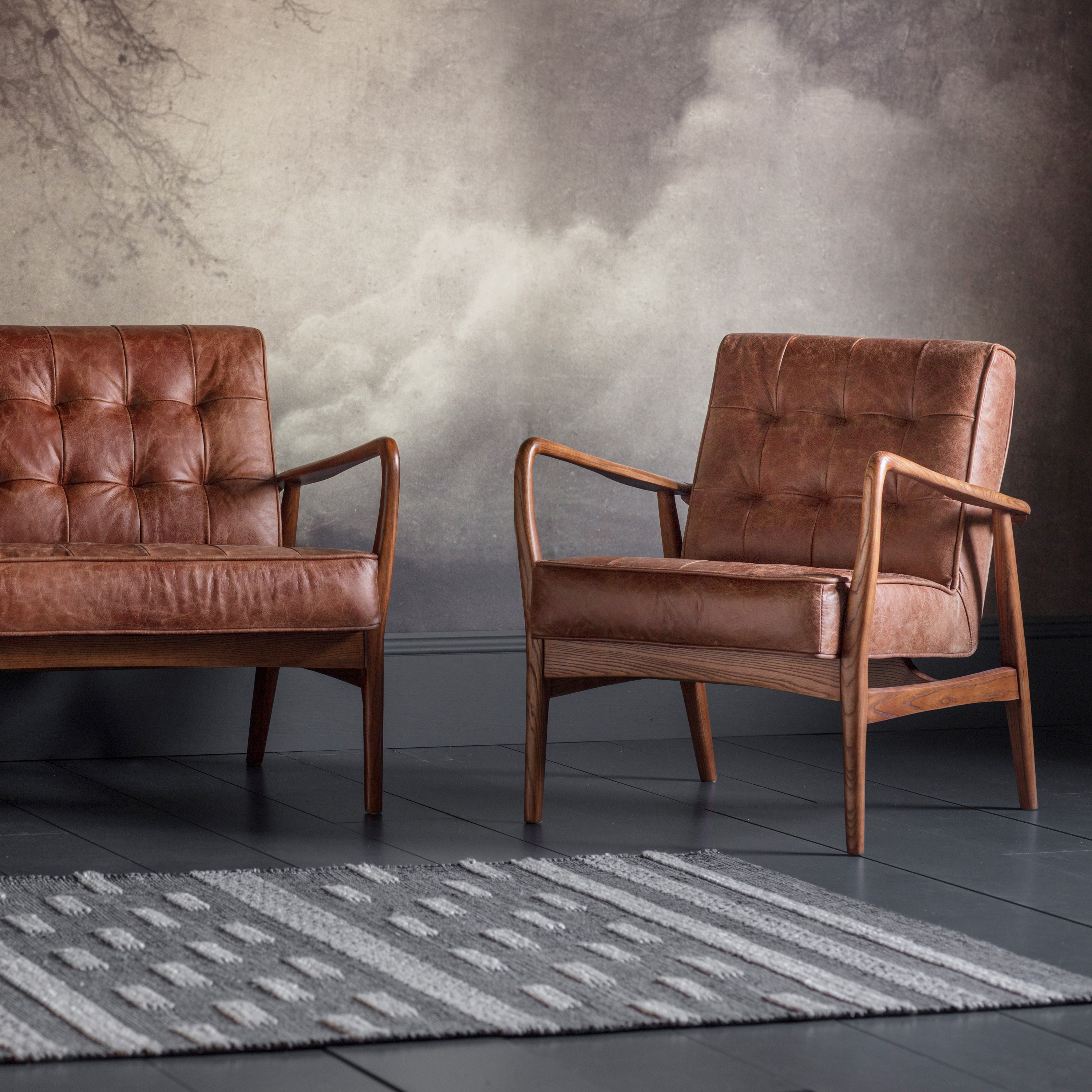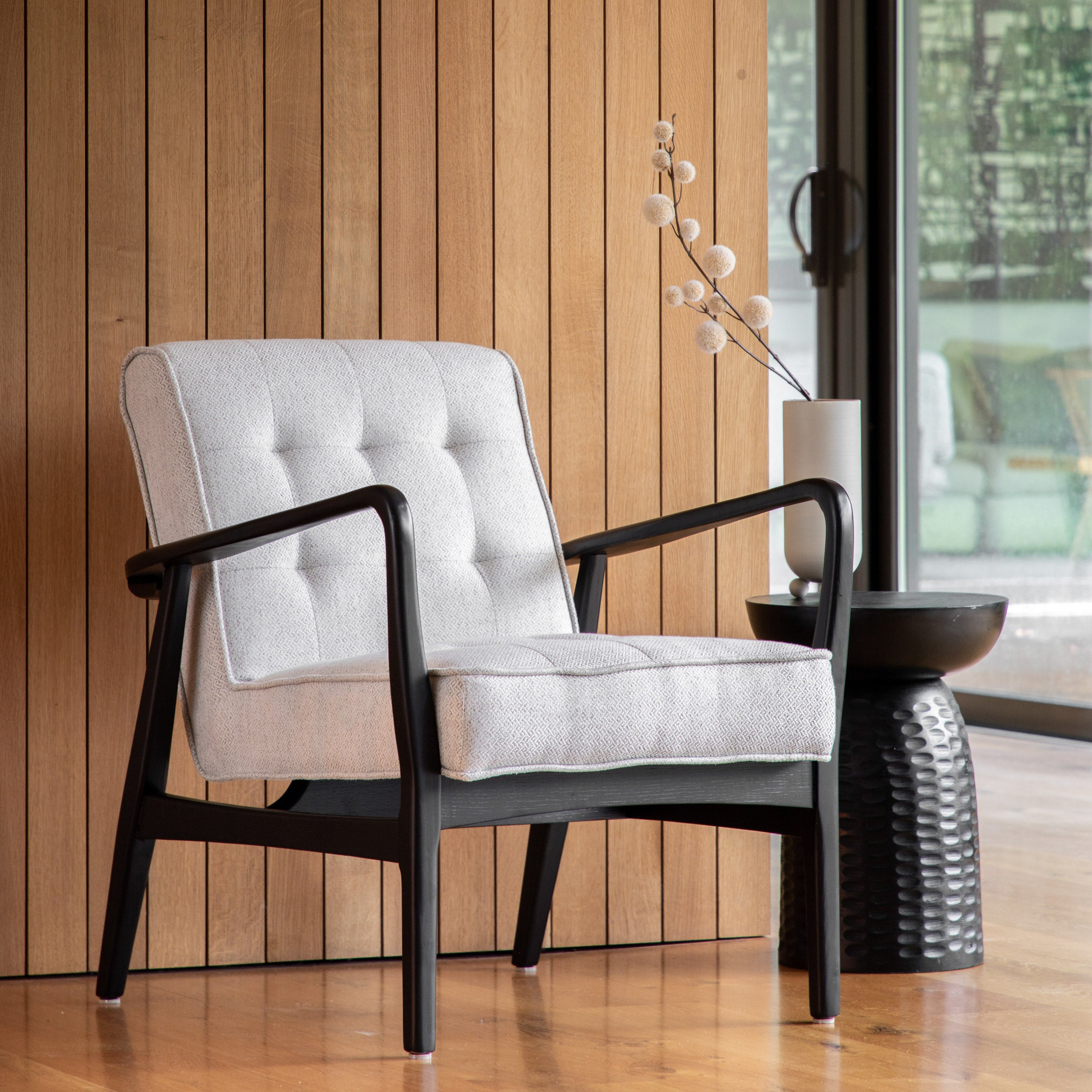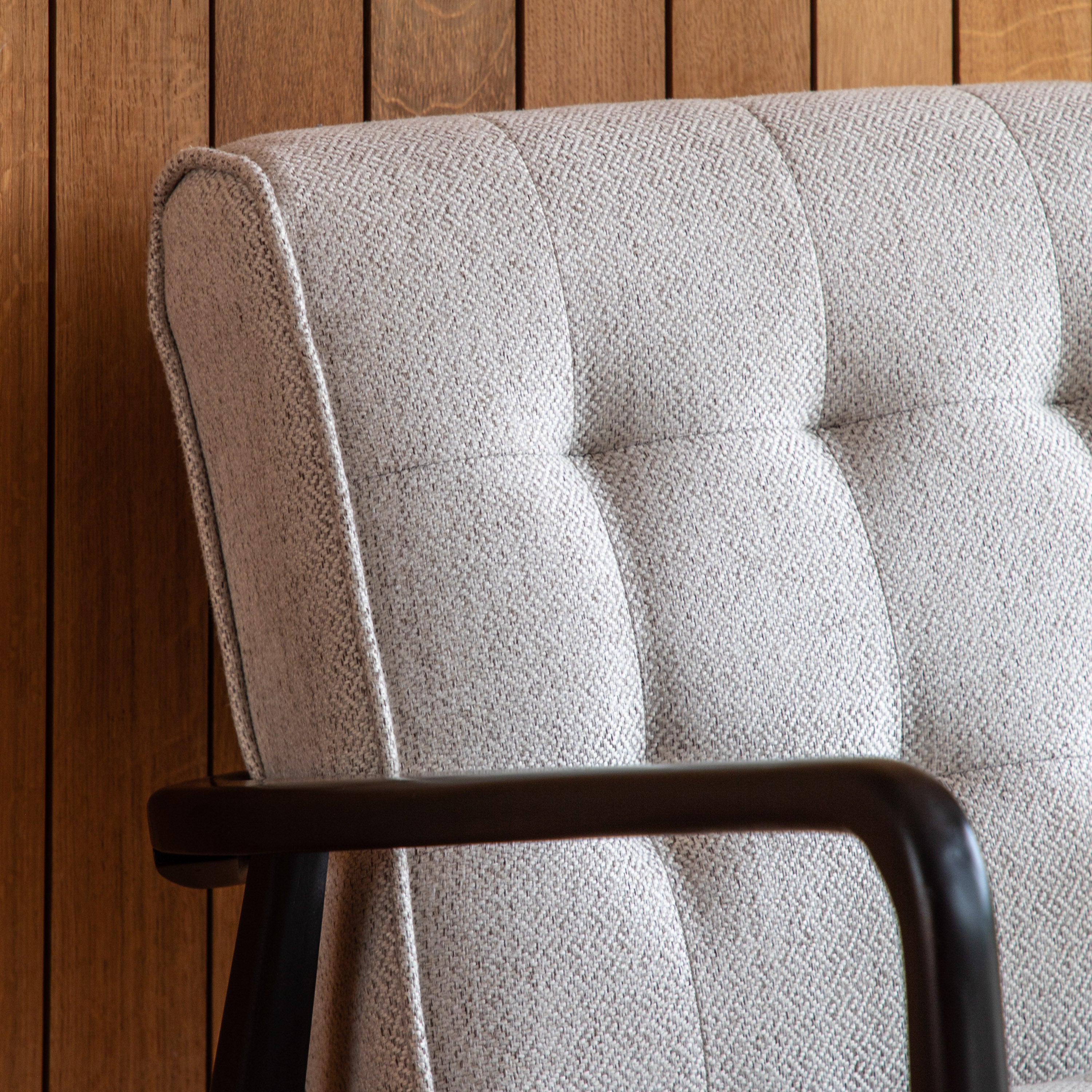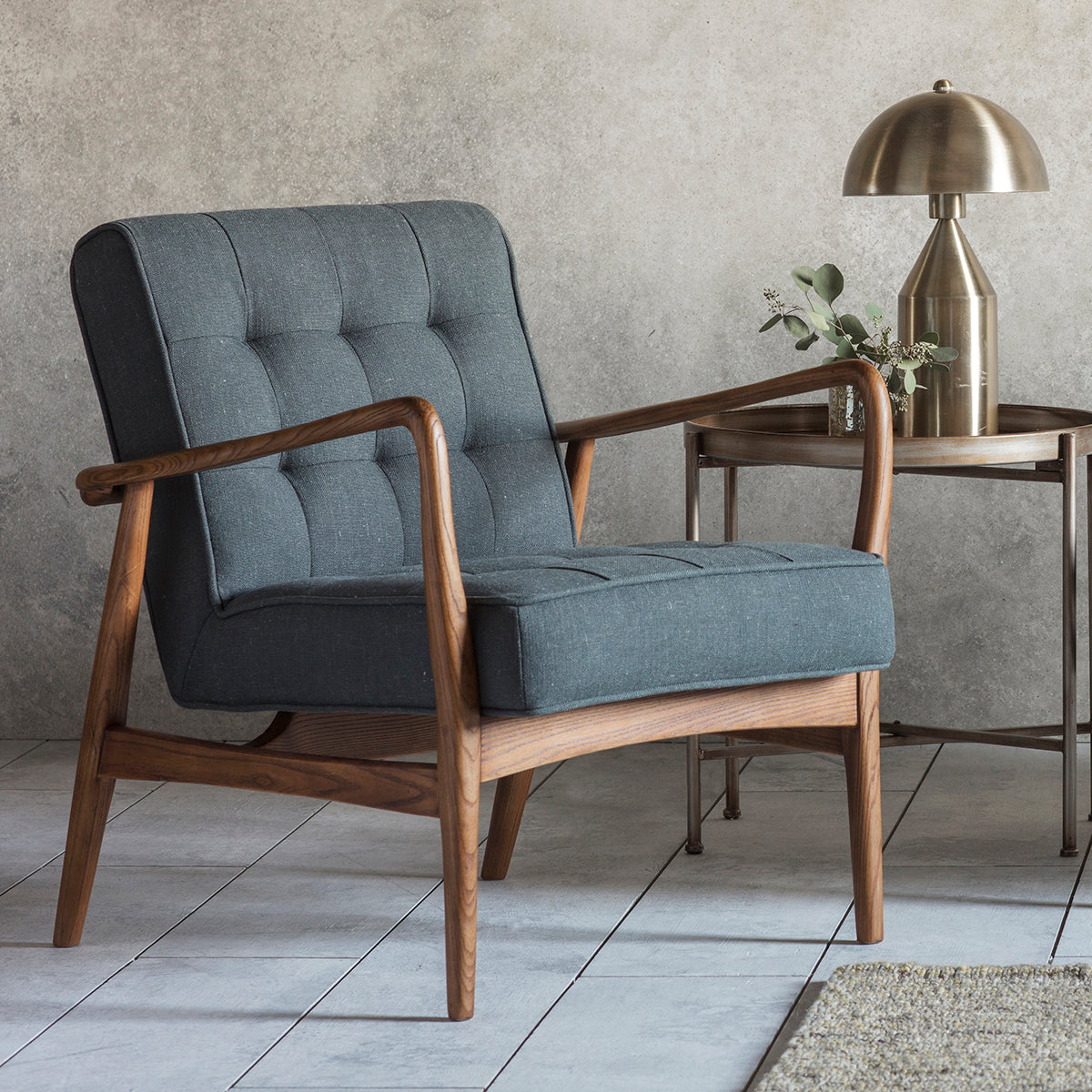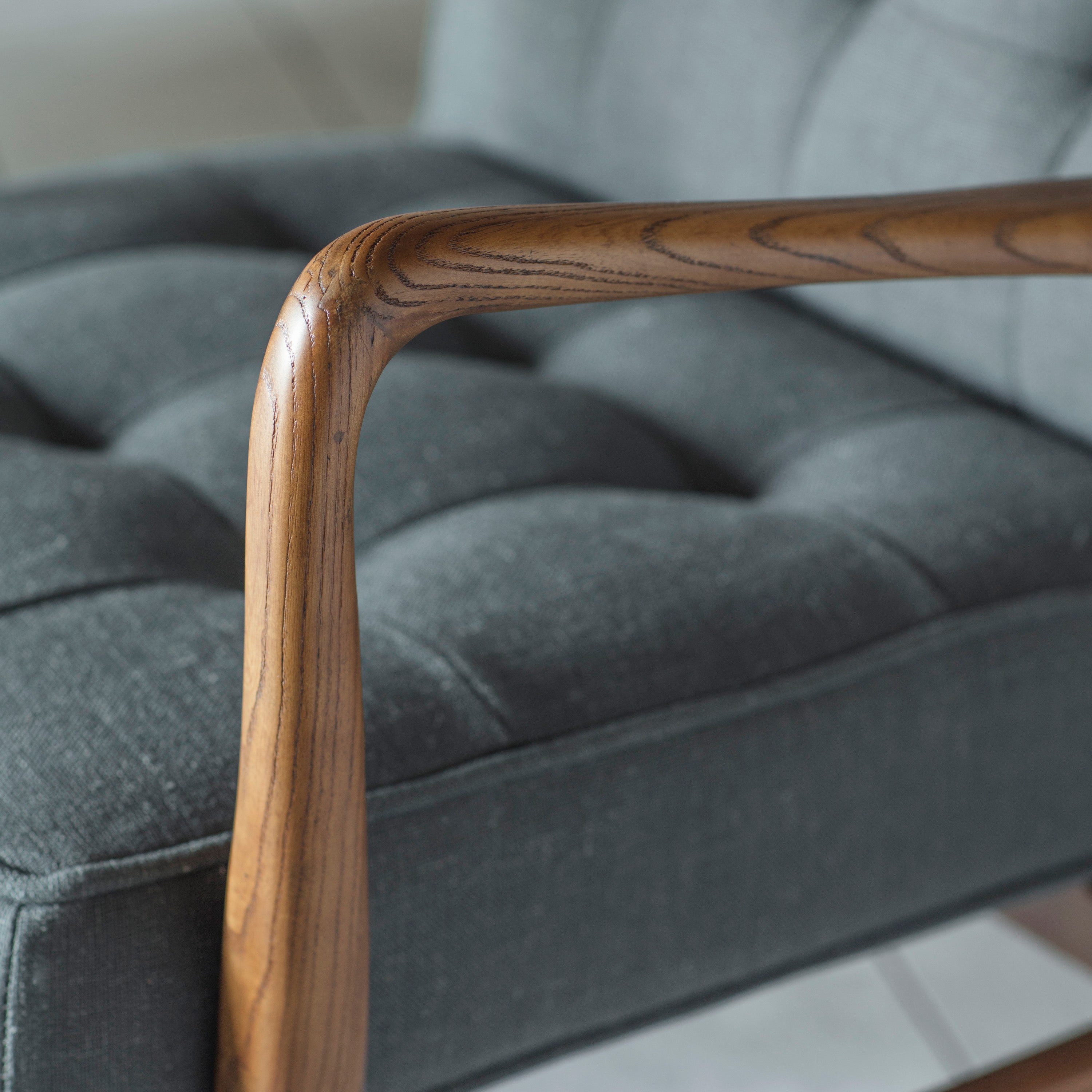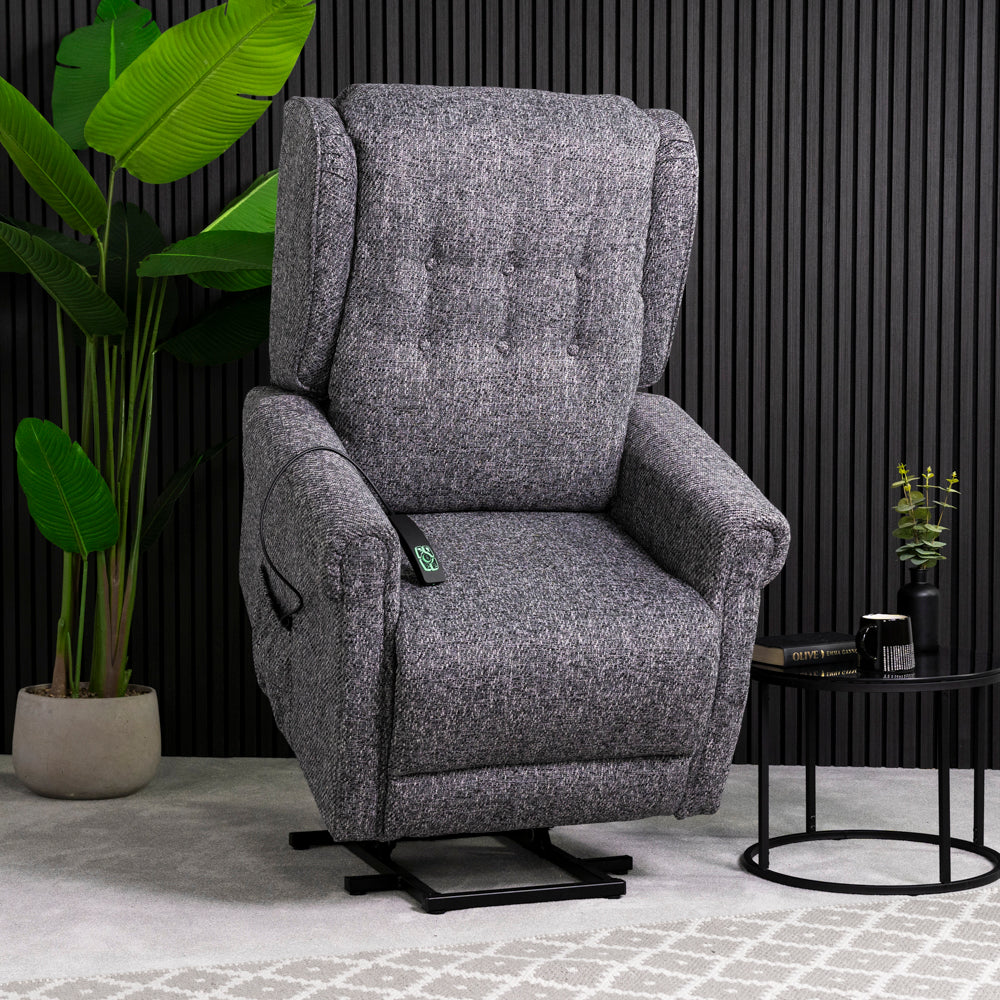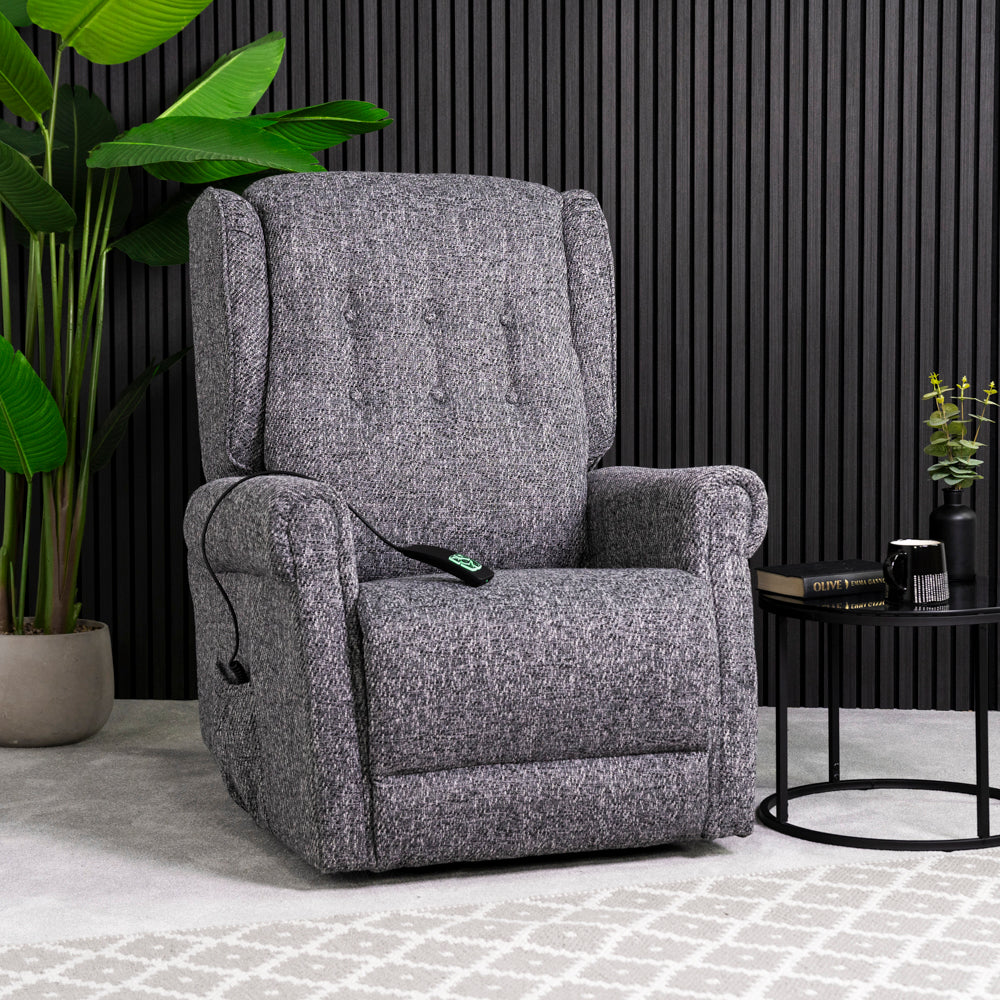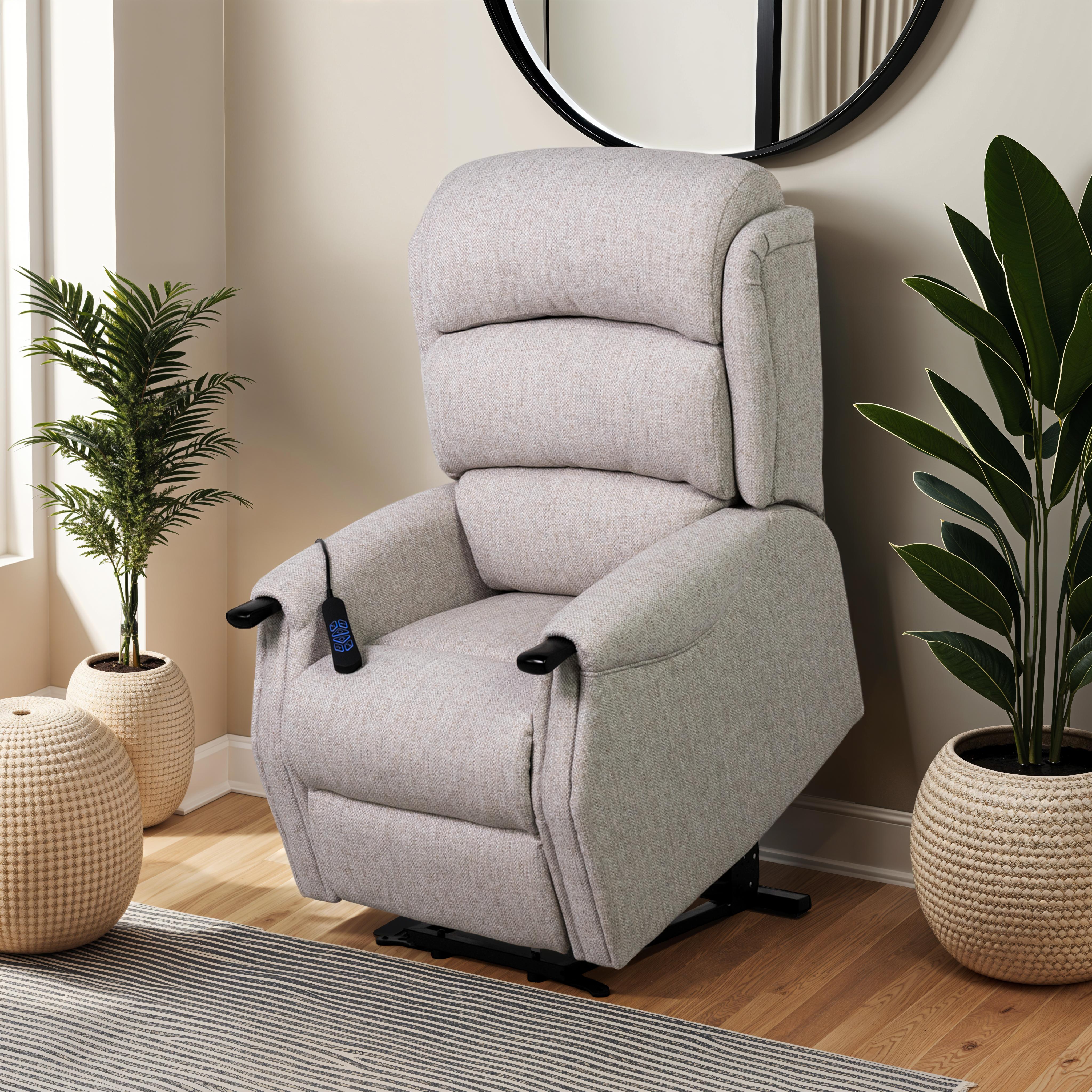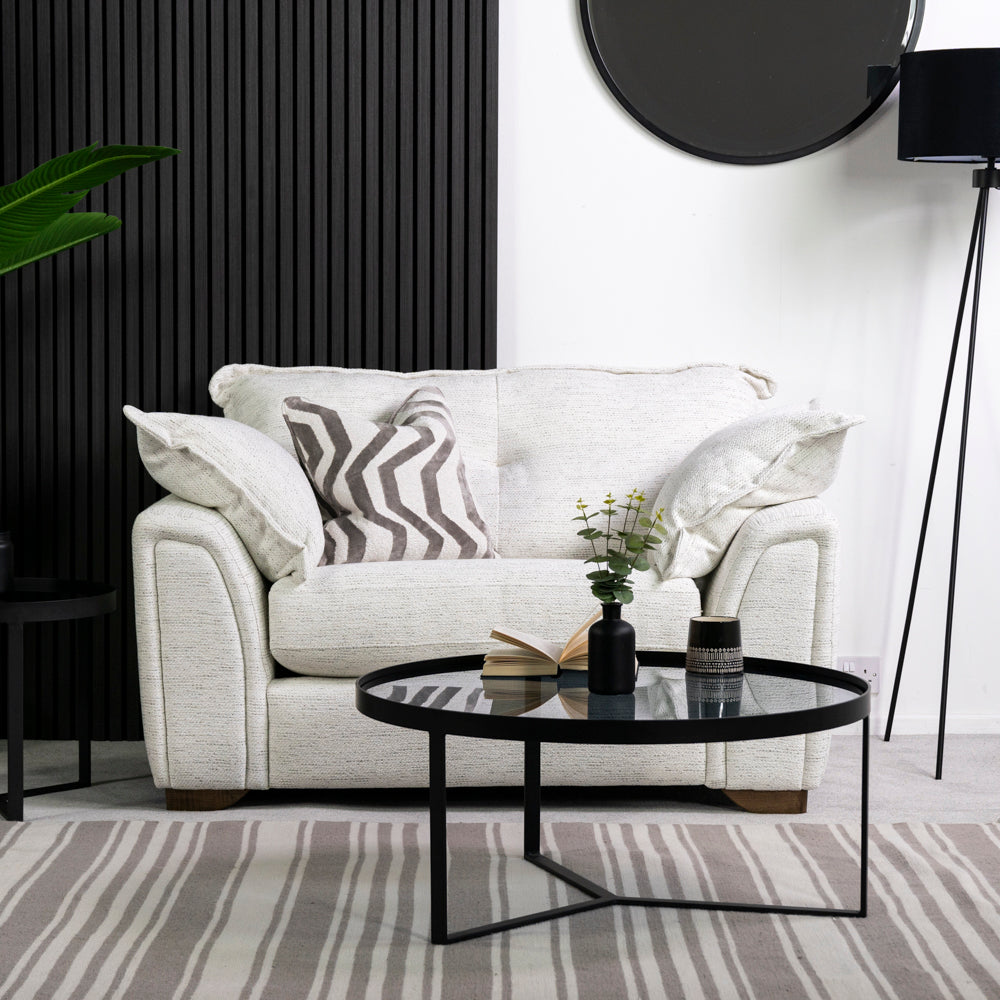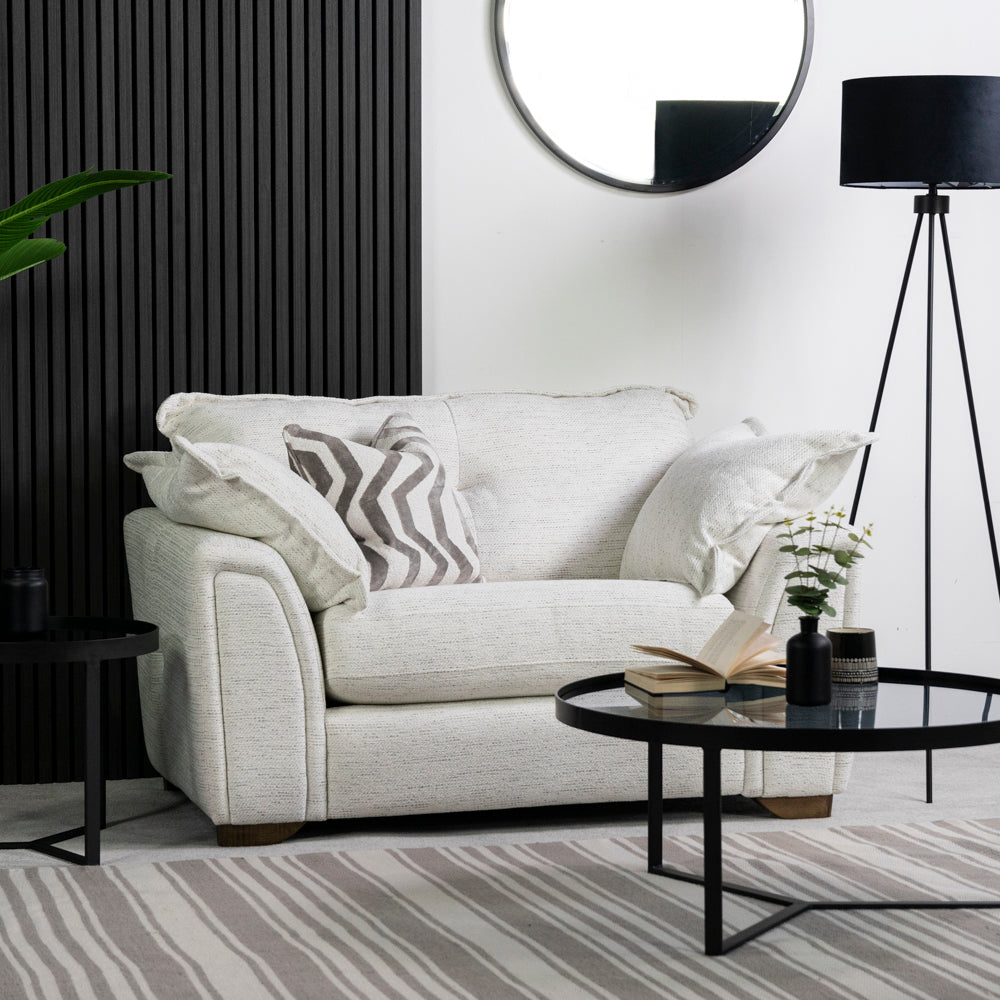Sofas & Chairs
Our Sofas & Chairs Collection Includes:
Style Varieties: Modern minimalist designs, traditional Chesterfields, contemporary sectionals, mid-century modern pieces, and classic wingback styles
Size Options: Compact 2-seaters, standard 3-seaters, large family sofas, corner configurations, and extendable sofa beds for versatile living
Shape Categories: L-shaped corner sofas for space optimization, curved designs for conversation areas, and linear arrangements for formal settings
Material Options: Premium leather for luxury and durability, soft fabric upholstery in various textures, and performance materials for high-traffic areas
Color & Finish Range: Neutral tones like grey and beige, bold statement colors, classic blacks and browns, plus seasonal accent shades
Price Points: Budget-friendly options starting from entry-level, mid-range quality pieces, to premium designer collections for every budget
Complete Buying Guide
How to Choose the Right Sofas & Chairs for Your Space
Size Considerations: Measure your room carefully, allowing 18 inches of walkway space around furniture. For dining chairs, ensure 24-36 inches between chair backs and walls. Sofa length should be proportionate to room size - typically 60-80% of wall length.
Space Planning: Consider traffic flow and door clearances. Corner sofas maximize seating in smaller spaces, while separate chairs offer flexibility. Garden sofas require weather-resistant materials and proper drainage considerations.
Capacity Planning: Standard sofas seat 2-3 people comfortably. For family use, sectionals accommodate 4-6 people. Dining chairs should match table dimensions - allow 24 inches per person.
Material Guide
Leather Options: Full-grain leather offers superior durability and develops beautiful patina. Top-grain leather provides excellent comfort with easier maintenance. Faux leather delivers style at affordable prices.
Fabric Choices: Natural fibers like cotton and linen offer breathability. Synthetic blends provide stain resistance. Performance fabrics excel in family environments with easy cleaning.
Frame Construction: Hardwood frames ensure longevity. Engineered wood offers cost-effective durability. Metal frames provide modern aesthetics with excellent support.
Style & Design Considerations
Room Compatibility: Match furniture scale to room proportions. Traditional styles suit formal spaces, while modern designs complement contemporary interiors. Armchairs add personality as accent pieces.
Shape Benefits: Rectangular sofas fit standard layouts. Curved designs encourage conversation. L-shaped configurations define living areas in open floor plans.
Color Impact: Neutral colors offer versatility and longevity. Bold colors create focal points. Consider existing décor when selecting upholstery colors.
Styling & Complementary Items
Complete the Look: Pair sofas with matching armchairs for cohesive design. Add occasional tables and ottomans for functionality. Coordinate dining chairs with table materials and finishes.
Room Coordination: Layer textures through throw pillows and blankets. Balance proportions with appropriately sized coffee tables. Create visual interest with complementary lighting fixtures.
Seasonal Styling: Rotate cushion covers for seasonal updates. Add throws in varying textures for warmth and comfort. Incorporate plants and artwork to enhance the overall aesthetic.
Entertaining Considerations: Arrange seating to encourage conversation. Ensure adequate surface space for drinks and snacks. Consider flexible pieces that can be easily rearranged for gatherings.
FAQs on Sofas & Chairs
1. What size sofa works best for my living room?
1. What size sofa works best for my living room?
Measure your space first. A standard 3-seater sofa (72-84 inches) suits most living rooms. Corner sofas maximize seating in smaller spaces while sofa beds provide dual functionality.
2. How do I choose between leather and fabric sofas & chairs?
2. How do I choose between leather and fabric sofas & chairs?
Leather offers durability and easy cleaning, ideal for families. Fabric provides more color options and comfort. Consider your lifestyle and maintenance preferences.
3. What's the difference between dining chairs and armchairs?
3. What's the difference between dining chairs and armchairs?
Dining chairs are designed for table use with appropriate height and back support. Armchairs focus on relaxation with wider seats and armrests for lounging comfort.
4. How long do quality sofas typically last?
4. How long do quality sofas typically last?
Well-constructed sofas & chairs last 10-15 years with proper care. Premium materials and solid wood frames extend lifespan significantly.
5. Do you offer corner sofa bed options?
5. Do you offer corner sofa bed options?
Yes, our corner sofa bed collection combines space-saving design with guest accommodation. These versatile pieces work perfectly in compact living spaces.
6. What's included with sofa delivery and assembly?
6. What's included with sofa delivery and assembly?
Most sofas arrive fully assembled. Some modular pieces require simple connection. We provide detailed assembly instructions and professional delivery service.
7. Can I mix different chair styles around my dining table?
7. Can I mix different chair styles around my dining table?
Absolutely. Mixing dining chairs creates visual interest. Maintain consistency through color, material, or scale for cohesive design.
8. How do I maintain my sofa during sofa sale purchases?
8. How do I maintain my sofa during sofa sale purchases?
Regular vacuuming prevents dirt buildup. Rotate cushions for even wear. Professional cleaning every 12-18 months maintains appearance and extends life.

